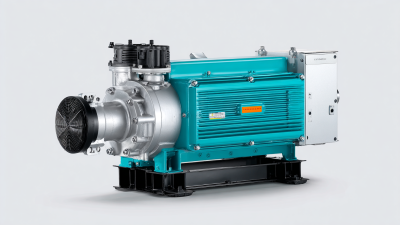7 Essential Tips for Choosing the Best Molded Case Circuit Breaker
In the world of electrical distribution and protection, selecting the right Molded Case Circuit Breaker (MCCB) is crucial for ensuring safety and efficiency. According to a recent report by MarketsandMarkets, the global MCCB market is projected to reach USD 16.1 billion by 2025, growing at a CAGR of 5.1% from 2020. This growth is driven by the increasing demand for reliable power distribution systems and the advancement of technology in electrical components. A properly selected MCCB not only safeguards electrical systems from overloads and short circuits but also enhances the overall operational reliability of facilities. With a myriad of options available, understanding the key factors in choosing the best MCCB can make a significant difference in both performance and safety. In this blog, we will explore seven essential tips to help you navigate the selection process effectively.
Understanding Molded Case Circuit Breakers: What They Are and How They Work
Molded case circuit breakers (MCCBs) play a crucial role in electrical systems, providing overcurrent protection and ensuring the safety of electrical circuits. These devices are designed to protect electrical equipment by interrupting the flow of current when an overload or short circuit is detected. According to a report by MarketsandMarkets, the global circuit breaker market, including MCCBs, is expected to reach $10.96 billion by 2025, growing at a CAGR of 6.6% from 2020. This trend highlights the increasing demand for reliable protection solutions in various industries.
Understanding how MCCBs operate is essential for effective circuit design and safety measures. They utilize a bimetallic strip that bends under heat generated by excessive current, tripping the breaker. Furthermore, MCCBs can handle up to 2,500 amps and are adjustable, allowing for precise current settings tailored to specific applications. A recent industry report from Research and Markets indicates that the growing adoption of renewable energy sources, such as solar and wind, is driving innovations in MCCB technology, with advanced features like smart monitoring and remote control functionalities becoming increasingly standard. Such advancements ensure that systems are not only protected but can also adapt to evolving power demands.
Key Factors to Consider When Selecting a Molded Case Circuit Breaker
 When selecting a molded case circuit breaker (MCCB), understanding key factors is crucial for ensuring optimal performance and safety in electrical systems. One of the primary considerations is the current rating of the breaker. This specification indicates how much current the breaker can handle before tripping. It's essential to select a breaker that matches the application's load requirements to prevent nuisance tripping or undersized protection. Additionally, consider the voltage rating; it should align with the circuit's design to prevent electrical failures.
When selecting a molded case circuit breaker (MCCB), understanding key factors is crucial for ensuring optimal performance and safety in electrical systems. One of the primary considerations is the current rating of the breaker. This specification indicates how much current the breaker can handle before tripping. It's essential to select a breaker that matches the application's load requirements to prevent nuisance tripping or undersized protection. Additionally, consider the voltage rating; it should align with the circuit's design to prevent electrical failures.
Another significant factor is the interrupting capacity, which defines the breaker's ability to interrupt fault currents without damage. This rating must be higher than the maximum potential fault current in your system to ensure reliability and safety. Environmental conditions also play a vital role; if the breaker will be installed in harsh environments, opt for one with appropriate environmental ratings such as moisture or dust resistance. Lastly, look into the features of the MCCB, such as adjustable trip settings or integrated communication capabilities, to enhance functionality and adaptability in your electrical system.
Evaluating the Current Ratings and Trip Settings for Your Needs
When selecting a molded case circuit breaker (MCCB), evaluating current ratings and trip settings is crucial to ensure safety and efficiency in electrical systems. According to a report by the International Electrotechnical Commission (IEC), the proper selection of MCCBs can prevent electrical faults and enhance system reliability. Knowing the full-load current of your application is essential, as most MCCBs have unique ratings that can significantly affect their performance. For instance, a common standard requires that the selected MCCB should handle at least 125% of the full load current.
Additionally, understanding trip settings is vital for protecting your equipment from overload and short circuit conditions. The National Fire Protection Association (NFPA) indicates that incorrect trip settings can lead to catastrophic failures in industrial environments. It’s advisable to choose an MCCB with adjustable trip settings that can be tailored to your specific load requirements. This flexibility can mitigate risks associated with nuisance tripping while ensuring that equipment is adequately protected. Industry studies suggest that an optimized trip curve can prevent up to 30% of potential downtime due to electrical faults, underlining the importance of careful selection in the design of your electrical distribution system.
7 Essential Tips for Choosing the Best Molded Case Circuit Breaker - Evaluating the Current Ratings and Trip Settings for Your Needs
| Parameter |
Description |
Recommended Values |
| Current Rating (A) |
The maximum current the circuit breaker can handle. |
15A, 30A, 60A, 100A |
| Trip Settings |
Defines the conditions under which the breaker will trip, preventing overload. |
Standard, Delayed, Instantaneous |
| Breaking Capacity (kA) |
The maximum fault current the breaker can safely interrupt. |
6kA, 10kA, 25kA |
| Voltage Rating (V) |
The maximum voltage the circuit breaker can operate at. |
120V, 240V, 480V |
| Application Type |
The intended use case for the circuit breaker. |
Residential, Commercial, Industrial |
| Phase Configuration |
The number of phases supported by the circuit breaker. |
Single-phase, Three-phase |
| Environmental Rating |
Protection level against dust, water, and other environmental factors. |
IP20, IP54, IP65 |
Assessing Environmental and Installation Conditions for Optimal Performance
When selecting the optimal molded case circuit breaker (MCCB) for your specific application, assessing environmental and installation conditions is critical for ensuring reliable performance. Studies indicate that approximately 20% of electrical failures are linked to inappropriate breaker selections based on environmental factors (IEEE Power Electronics Specialists Conference, 2022). Factors such as temperature fluctuations, humidity levels, and exposure to dust or corrosive elements significantly affect the operational efficiency of MCCBs. For instance, breakers installed in high-temperature environments may require derating, as excessive heat can reduce their interrupting capacity and lifespan.

Additionally, proper installation conditions play a pivotal role in the breaker’s performance. According to the National Electrical Manufacturers Association (NEMA), incorrect mounting and wiring can lead to failures in nearly 30% of cases. Ensuring that MCCBs are installed in compliance with industry standards—such as maintaining appropriate spacing for ventilation and avoiding direct sunlight—can enhance their functionality and safety. While selecting an MCCB, always consider the specific environmental conditions and installation parameters to optimize the performance and reliability of your electrical system.
Comparing Cost, Quality, and Brand Reputation in Circuit Breakers
When selecting a molded case circuit breaker (MCCB), comparing cost, quality, and brand reputation is crucial to ensure a reliable choice for your electrical needs. Start by evaluating the costs associated with different brands. While it may be tempting to go for the cheapest option, consider the long-term implications. An initially low-cost MCCB could lead to higher maintenance costs or failures down the line if quality is compromised.
Quality is a pivotal factor in choosing an MCCB. Focus on circuit breakers that meet industry standards and have positive performance reviews. Look for features such as thermal and electromagnetic protection, which can enhance the circuit breaker’s lifespan and reliability. Additionally, brands that offer comprehensive warranties reflect confidence in their products, making them a safer investment.
Brand reputation plays a significant role in your selection process. Research well-established manufacturers known for their reliability and customer service. Engaging in community discussions or reading expert reviews can provide insight into how various brands perform over time. Opting for reputable brands with a history of quality can provide peace of mind and ensure that your circuit breakers will protect your systems effectively.
Comparison of Molded Case Circuit Breaker Features

Home
About Us
Products
Terminal Power Distribution Electric
AC Miniature Circuit Breaker
 BY06H-125 MCB 10-15KA Miniature Circuit Breaker
BY06H-125 MCB 10-15KA Miniature Circuit Breaker
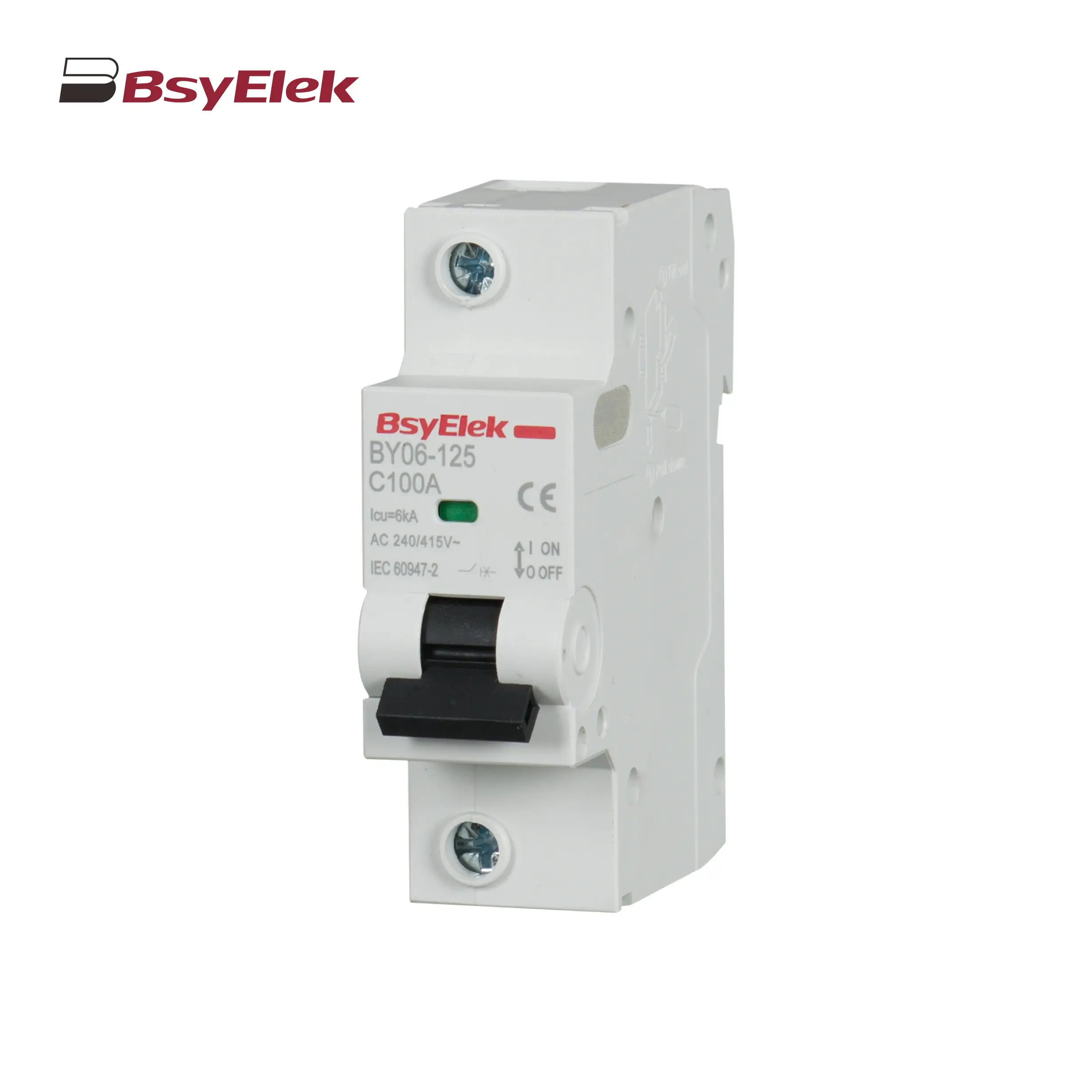 BY06-125 MCB 6KA Miniature Circuit Breaker
BY06-125 MCB 6KA Miniature Circuit Breaker
 BY05H-40 MCB Single Modular 6KA Miniature Circuit Breaker
BY05H-40 MCB Single Modular 6KA Miniature Circuit Breaker
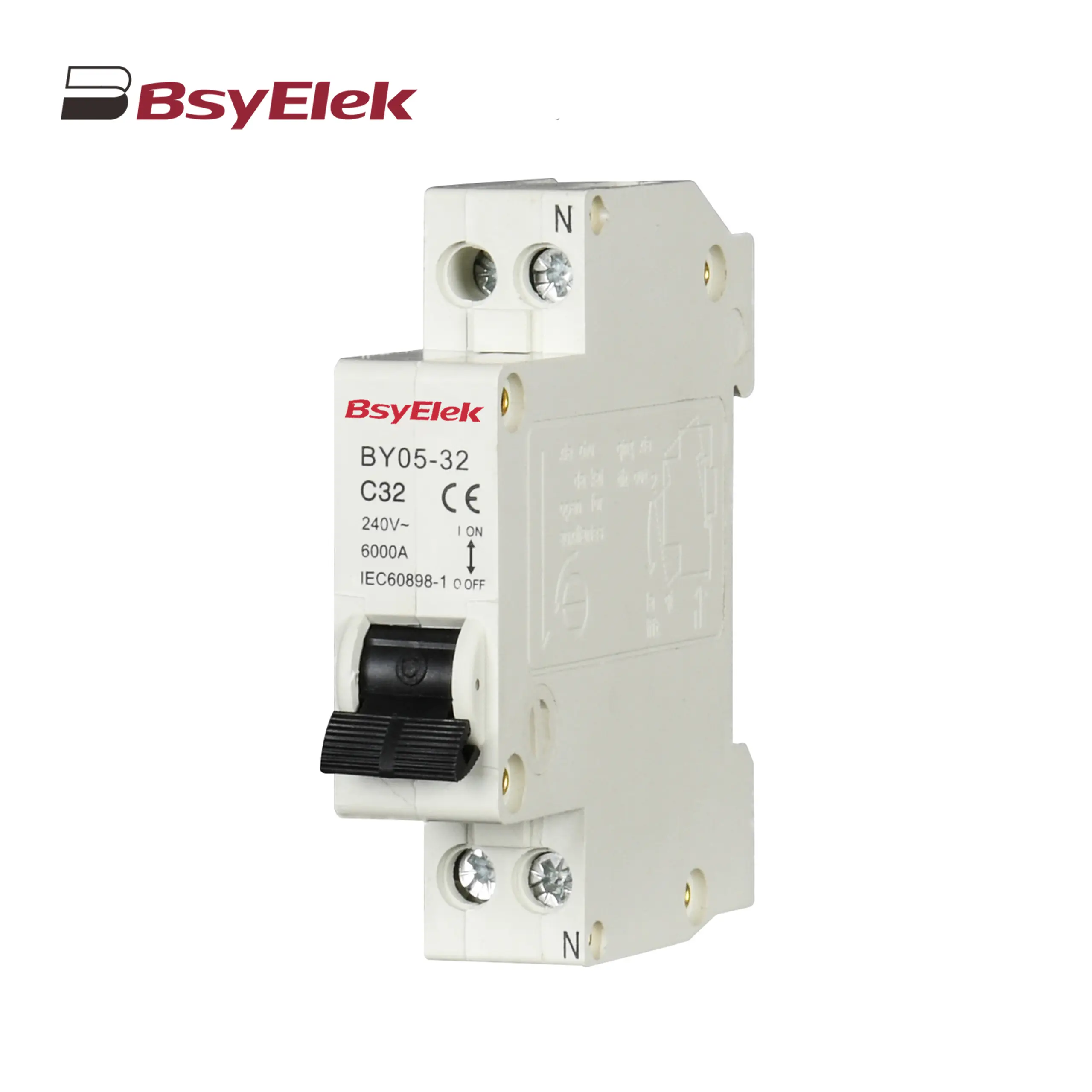 BY05-32 MCB Single Modular 3KA Miniature Circuit Breaker
BY05-32 MCB Single Modular 3KA Miniature Circuit Breaker
 BY04-63 MCB 6-10KA Miniature Circuit Breaker
BY04-63 MCB 6-10KA Miniature Circuit Breaker
 BY03H-63 MCB 6KA Miniature Circuit Breaker
BY03H-63 MCB 6KA Miniature Circuit Breaker
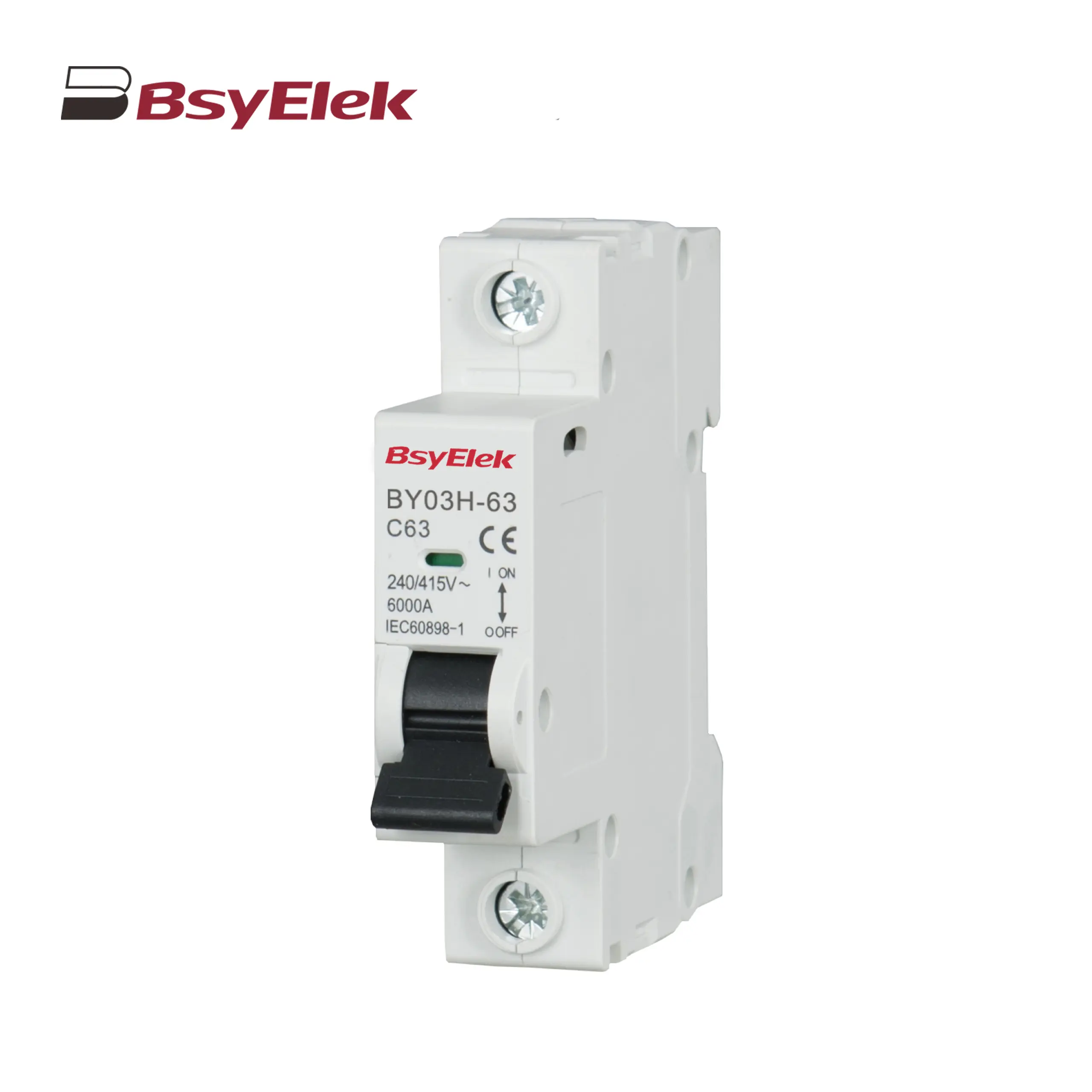 BY03-63 MCB 4.5KA Miniature Circuit Breaker
BY03-63 MCB 4.5KA Miniature Circuit Breaker
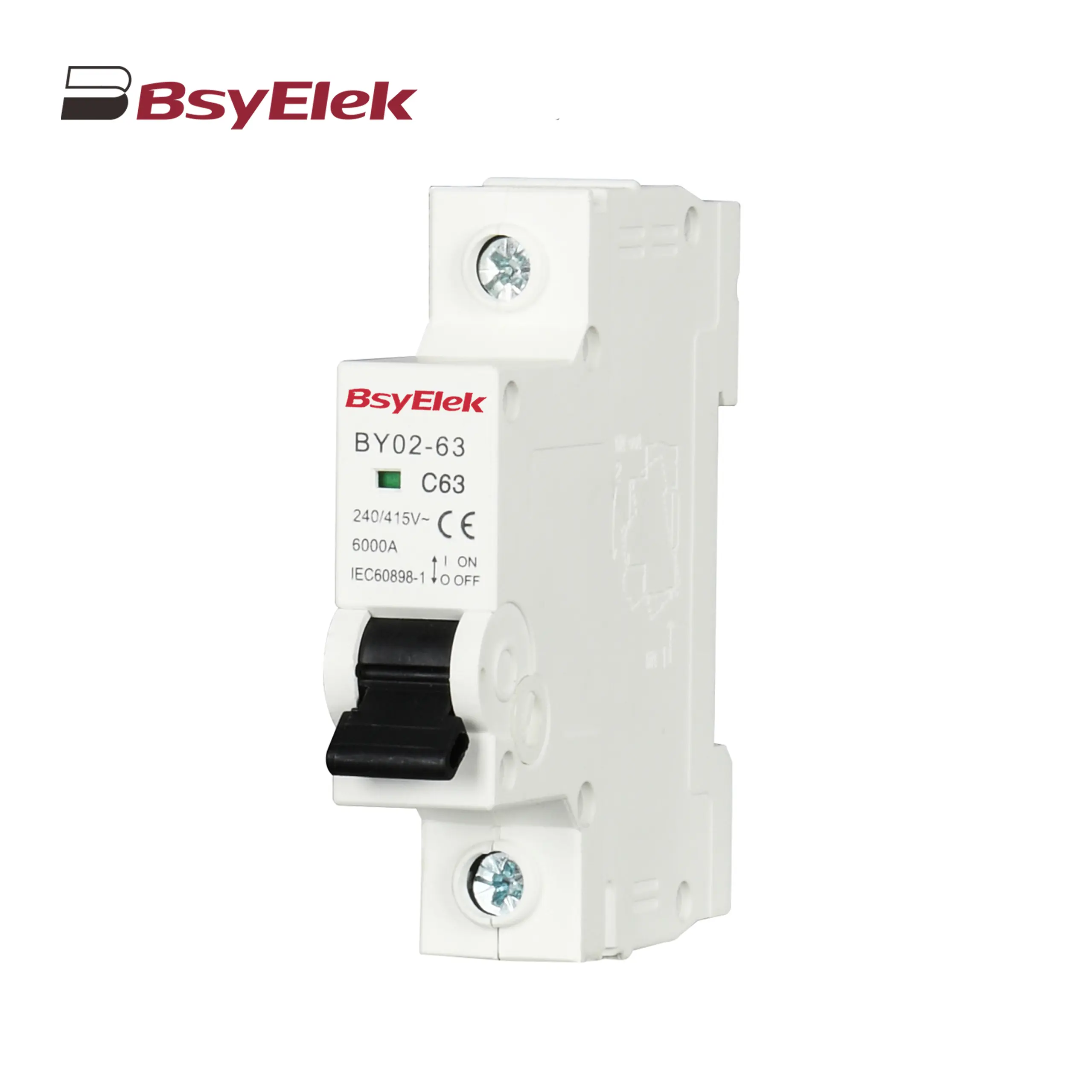 BY02-63 MCB 3kA Miniature Circuit Breaker
BY02-63 MCB 3kA Miniature Circuit Breaker
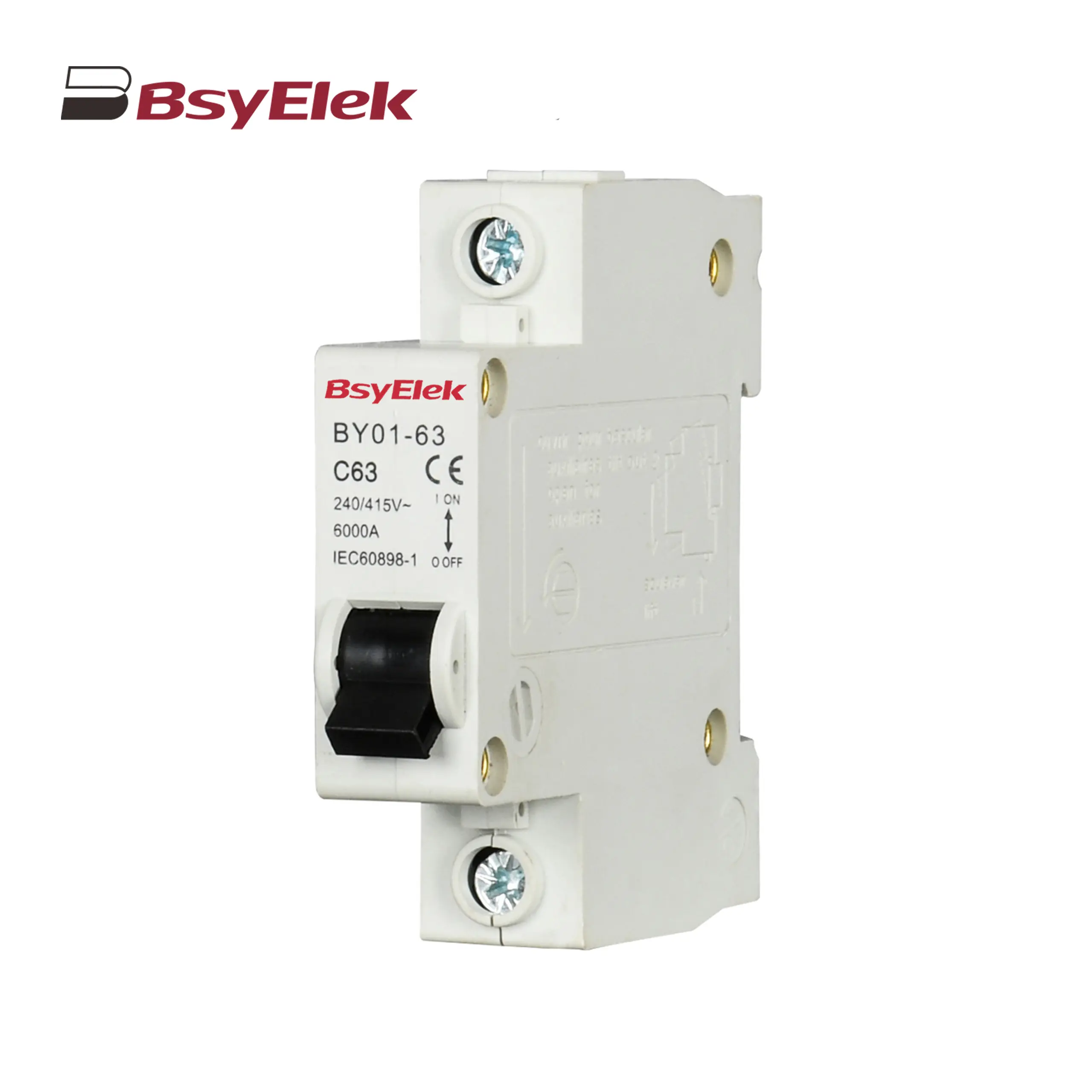 BY01-63 MCB 3kA Miniature Circuit Breaker
BY01-63 MCB 3kA Miniature Circuit Breaker
MCB Accessories
Main Switch
RCBO RCCB
 BY07L-63 RCCB 6KA Residual Current Circuit Breaker
BY07L-63 RCCB 6KA Residual Current Circuit Breaker
 BY05HL-40 RCBO 6KA Residual Current Circuit Breaker with Over-current Protection
BY05HL-40 RCBO 6KA Residual Current Circuit Breaker with Over-current Protection
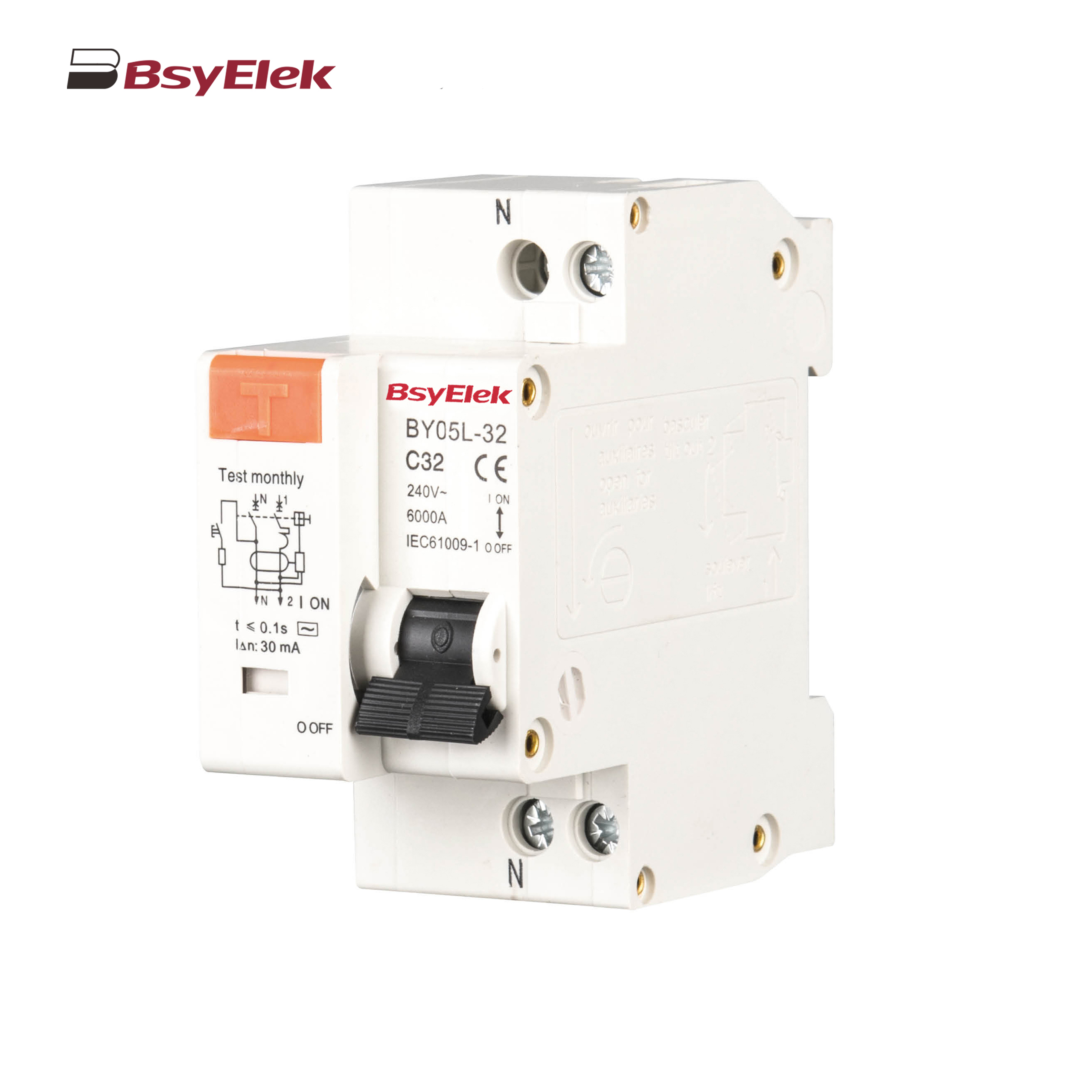 BY05L-32 RCBO 3KA Residual Current Circuit Breaker with Over-current Protection
BY05L-32 RCBO 3KA Residual Current Circuit Breaker with Over-current Protection
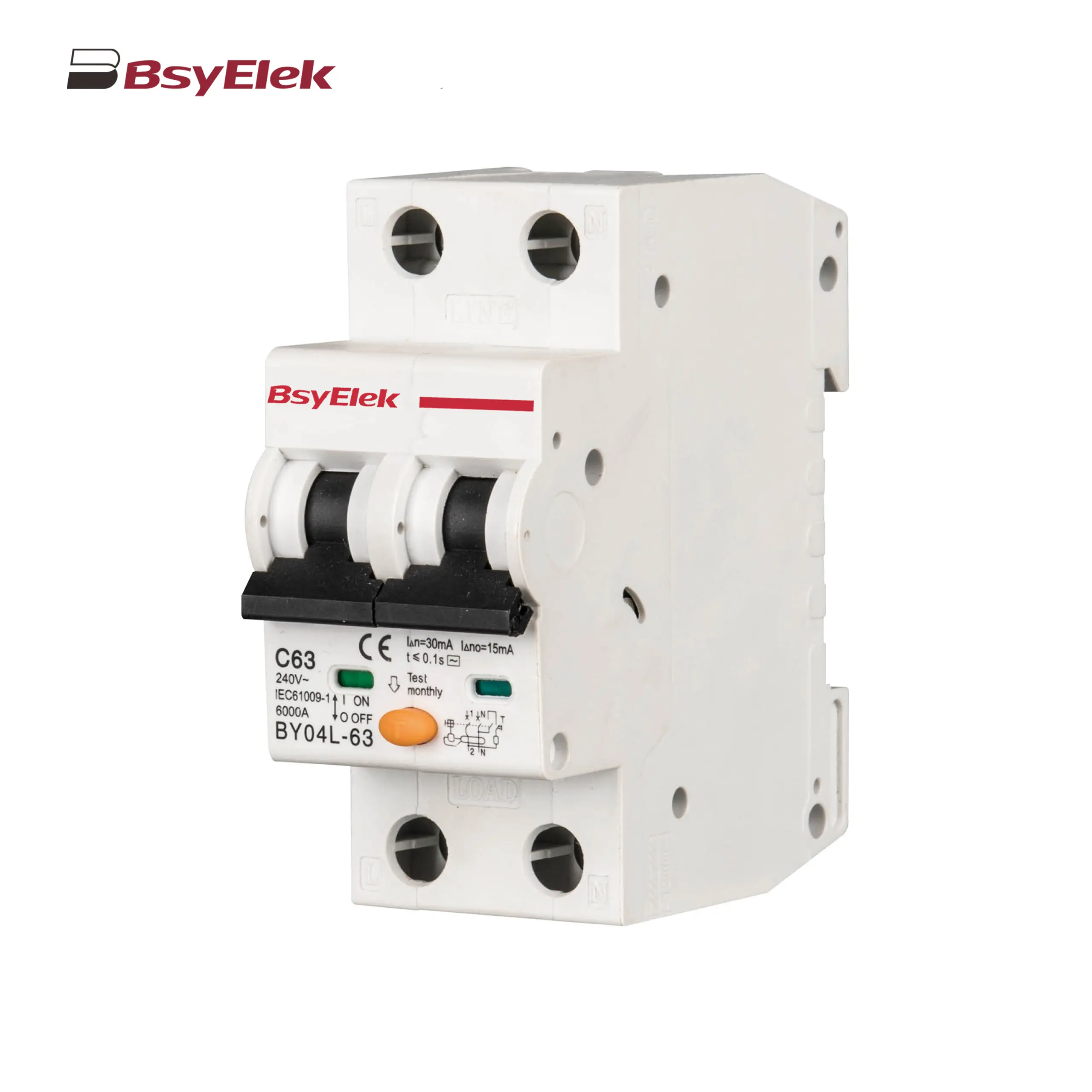 BY04L-63 RCBO 6KA Residual Current Circuit Breaker with Over-current Protection
BY04L-63 RCBO 6KA Residual Current Circuit Breaker with Over-current Protection
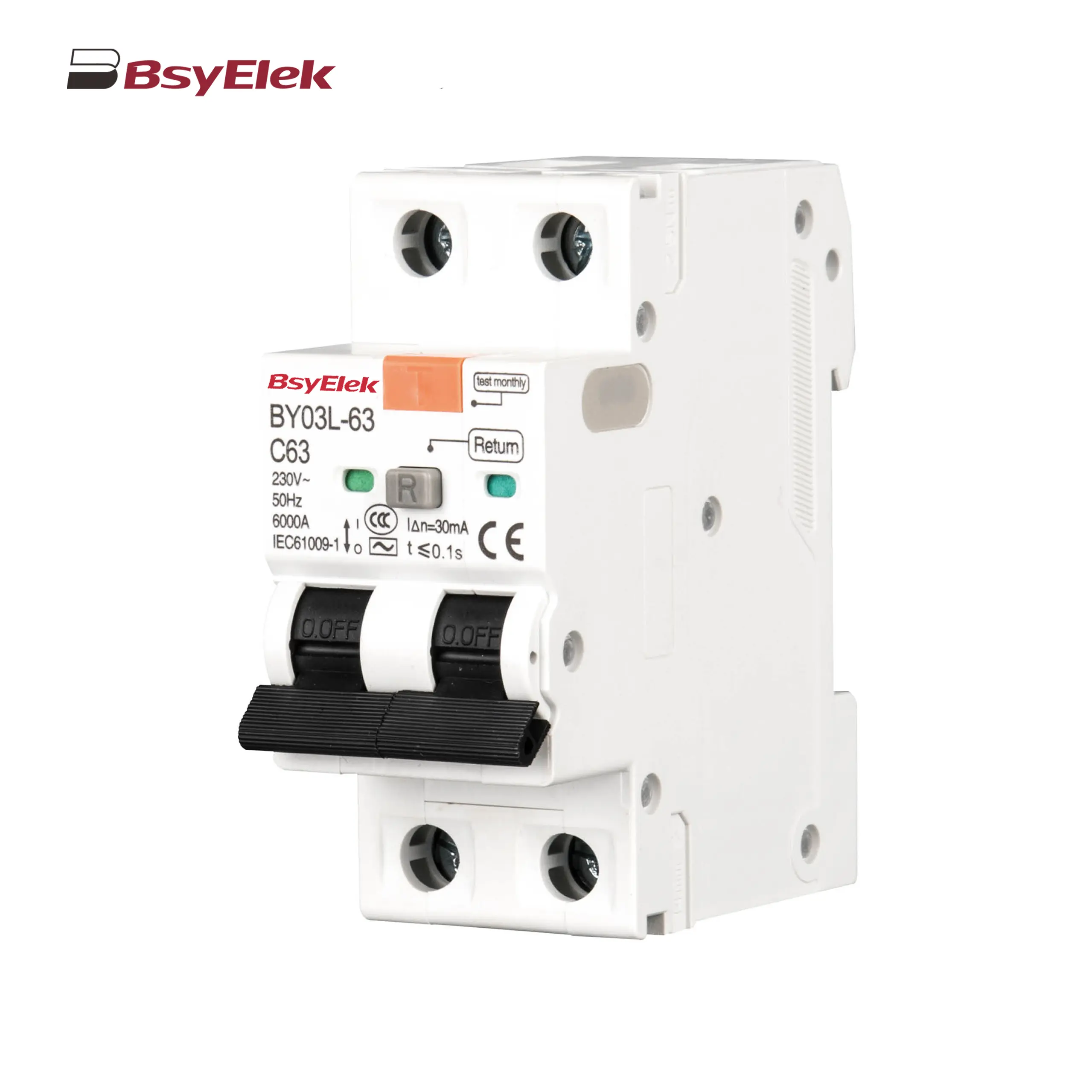 BY03L-63 RCBO 4.5KA Residual Current Circuit Breaker with Over-current Protection
BY03L-63 RCBO 4.5KA Residual Current Circuit Breaker with Over-current Protection
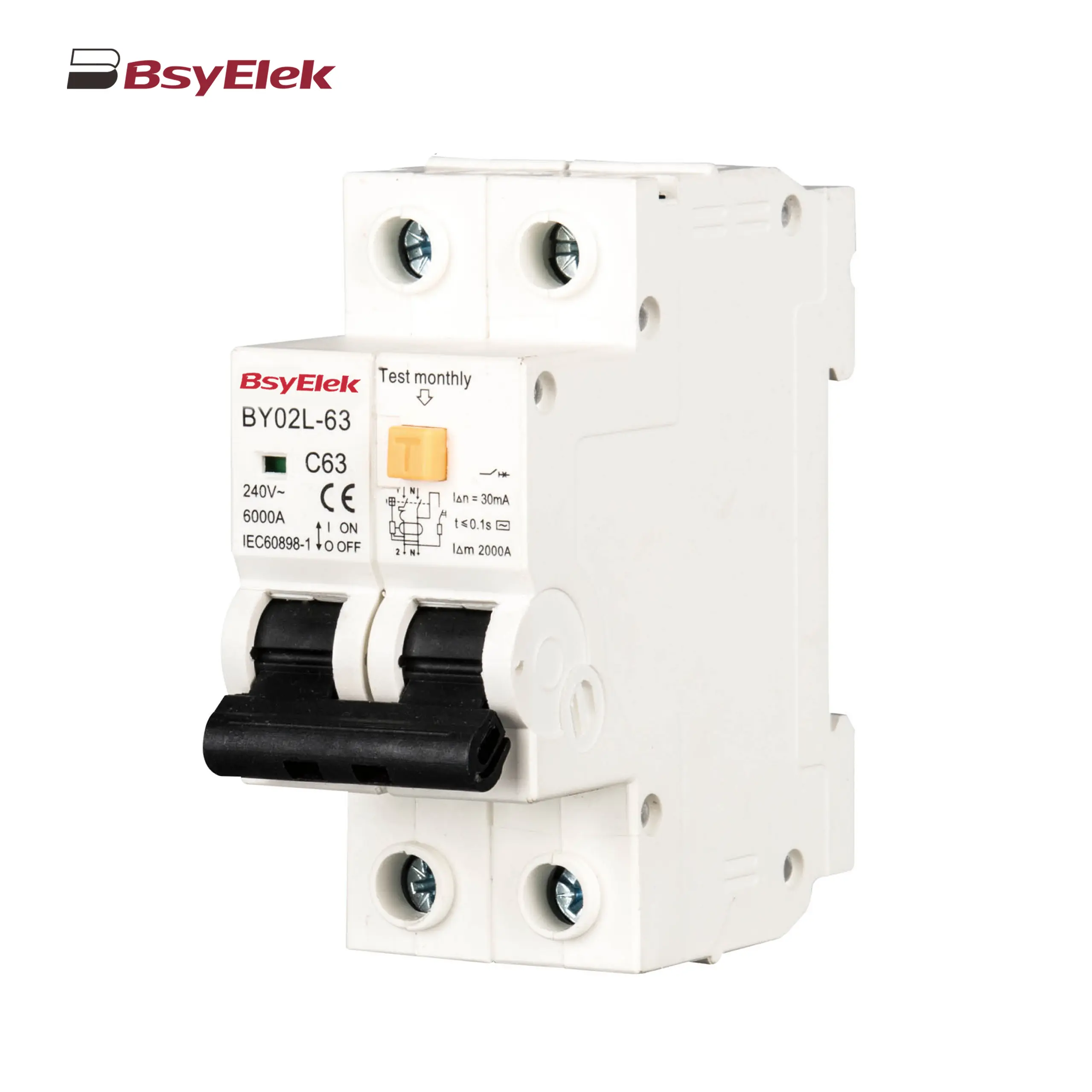 BY02L-63 RCBO 3KA Residual Current Circuit Breaker with Over-current Protection
BY02L-63 RCBO 3KA Residual Current Circuit Breaker with Over-current Protection
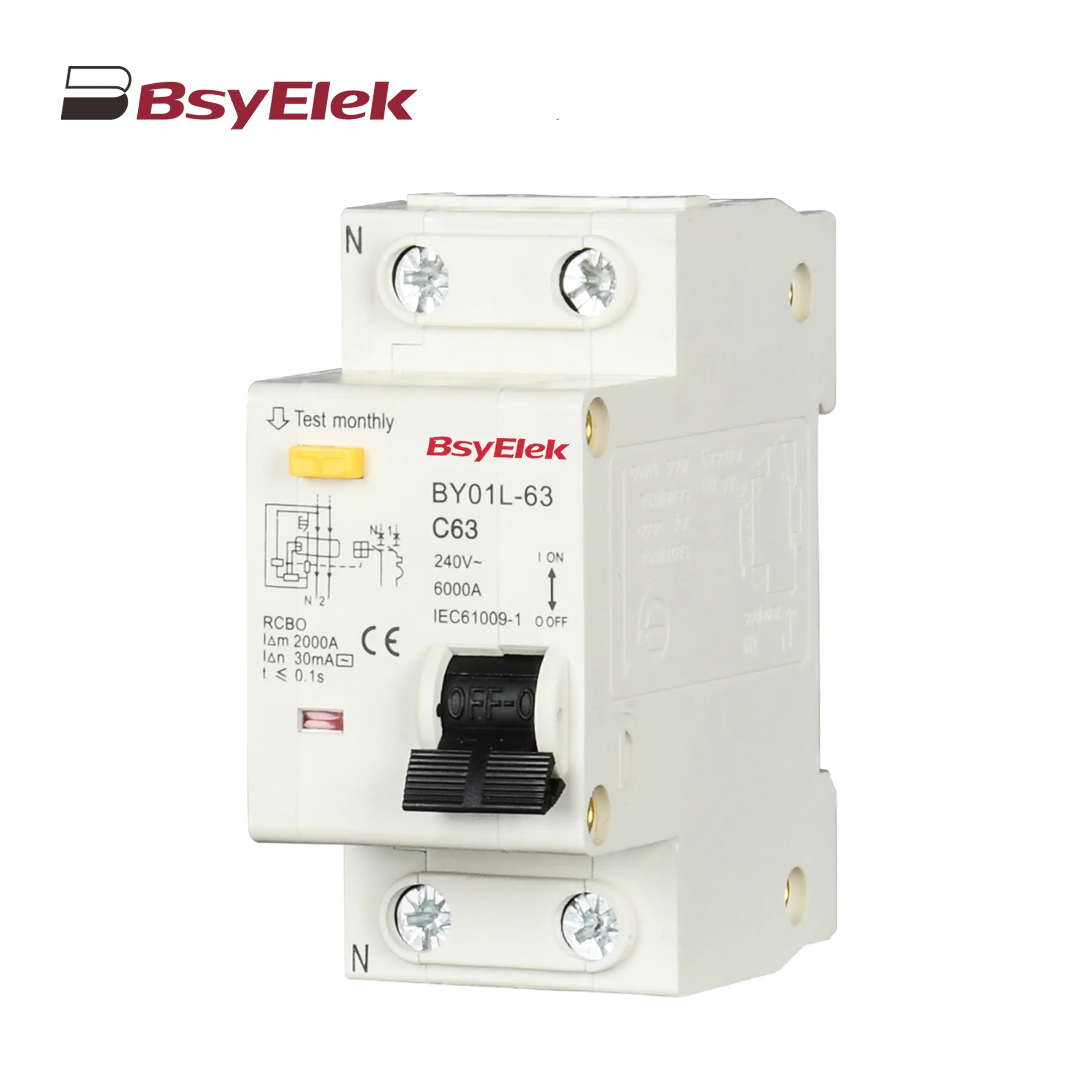 BY01L-63 RCBO 1P+N 3KA Residual Current Circuit Breaker with Over-current Protection
BY01L-63 RCBO 1P+N 3KA Residual Current Circuit Breaker with Over-current Protection
Resettable Overvoltage and Undervoltage Protector
AC Contactor
AC Surge Protective Device
Changeover Switch
Photovoltaic System Protection
DC Miniature Circuit Breaker
 BY06H-125DC MCB 10-15kA DC Miniature Circuit Breaker
BY06H-125DC MCB 10-15kA DC Miniature Circuit Breaker
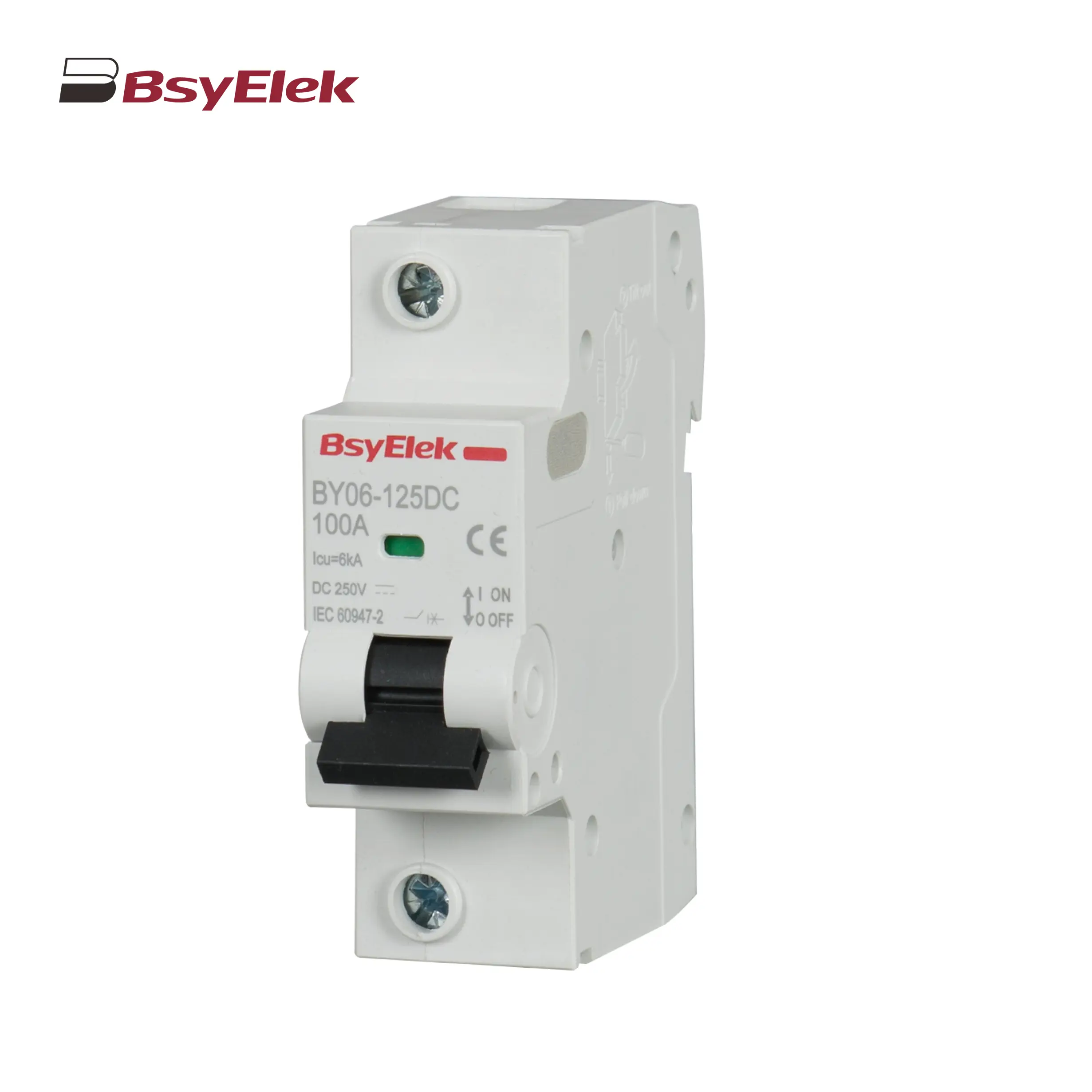 BY06-125DC MCB 6kA DC Miniature Circuit Breaker
BY06-125DC MCB 6kA DC Miniature Circuit Breaker
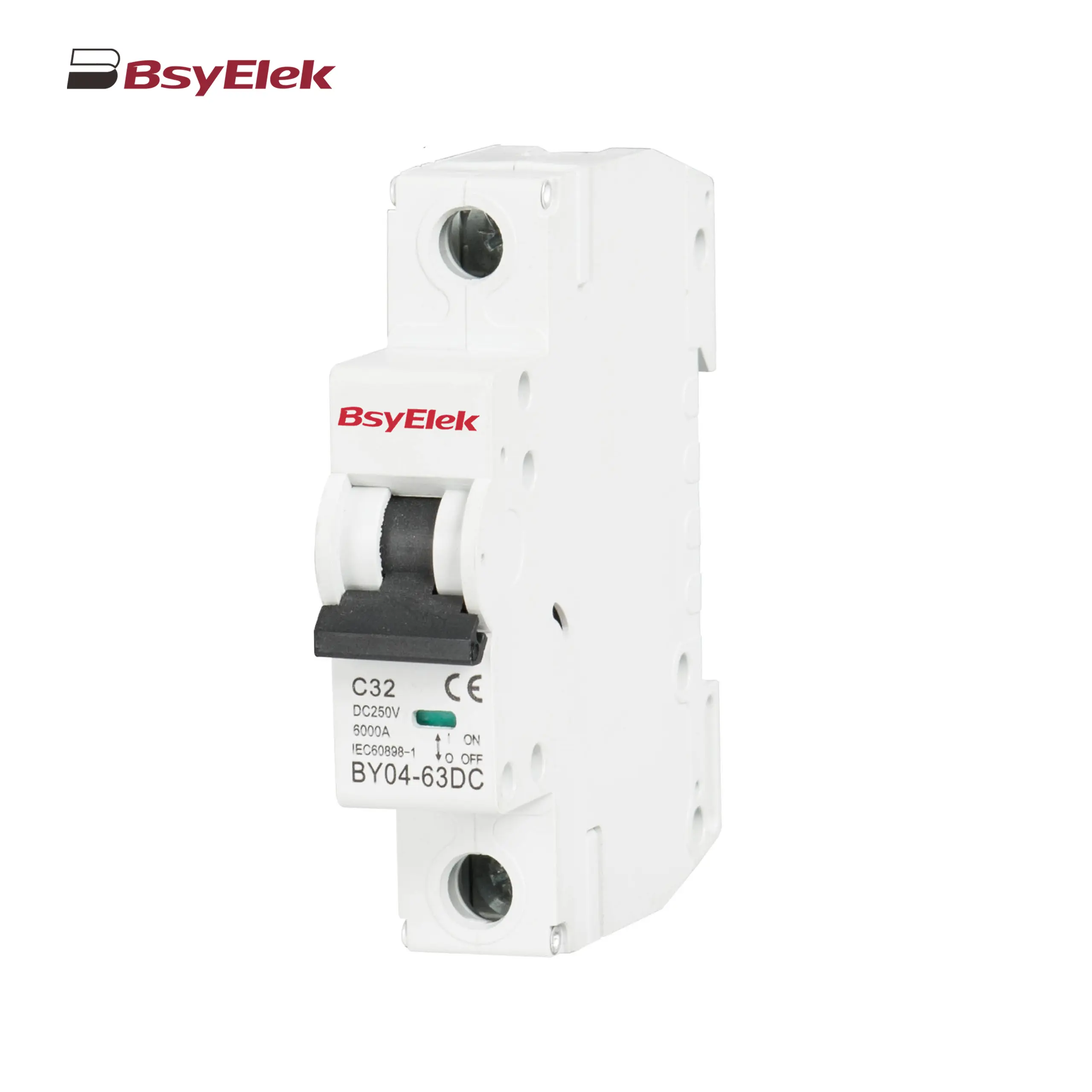 BY04-63DC MCB 6-10kA DC Miniature Circuit Breaker
BY04-63DC MCB 6-10kA DC Miniature Circuit Breaker
 BY03H-63DC MCB 6kA DC Miniature Circuit Breaker
BY03H-63DC MCB 6kA DC Miniature Circuit Breaker
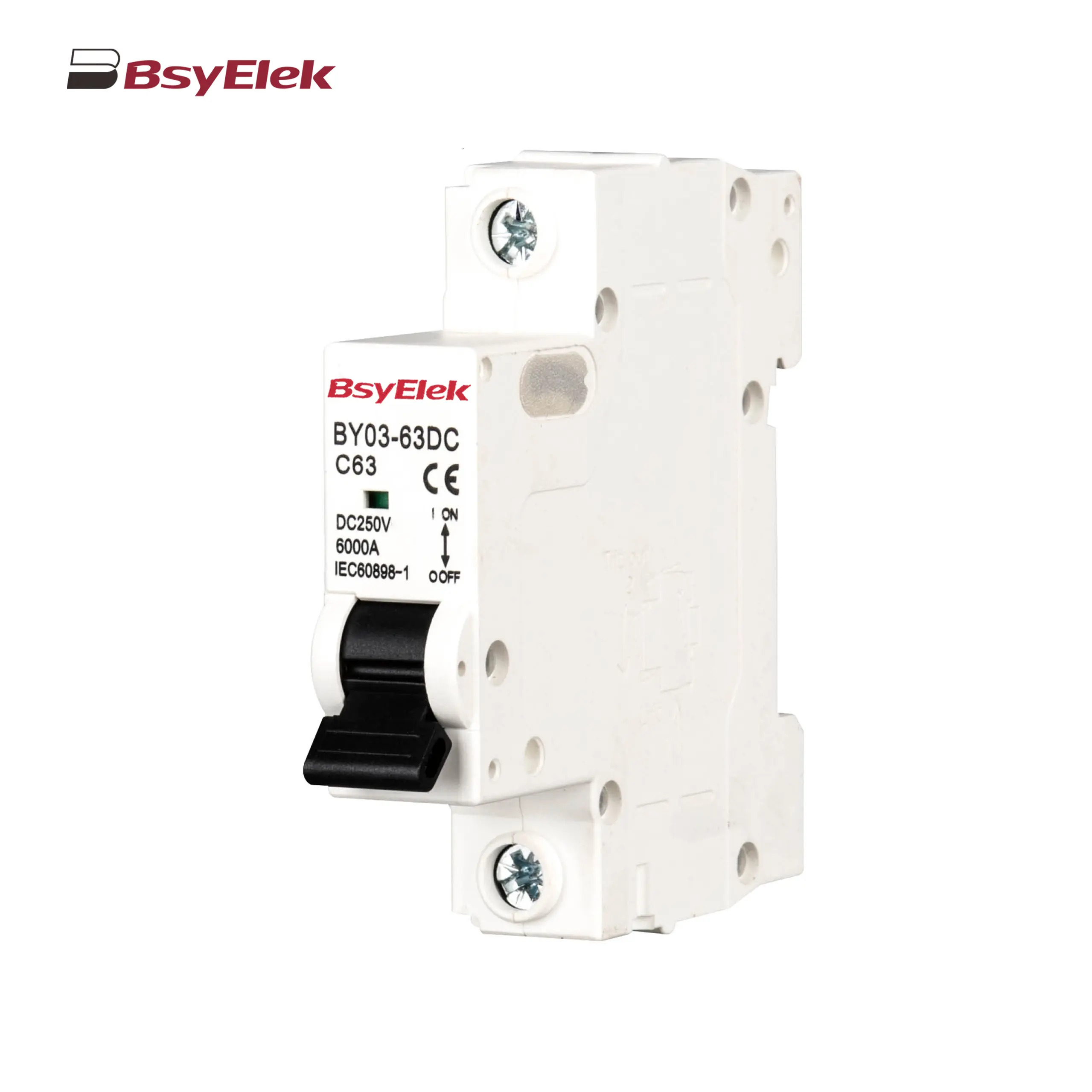 BY03-63DC MCB 4.5kA DC Miniature Circuit Breaker
BY03-63DC MCB 4.5kA DC Miniature Circuit Breaker
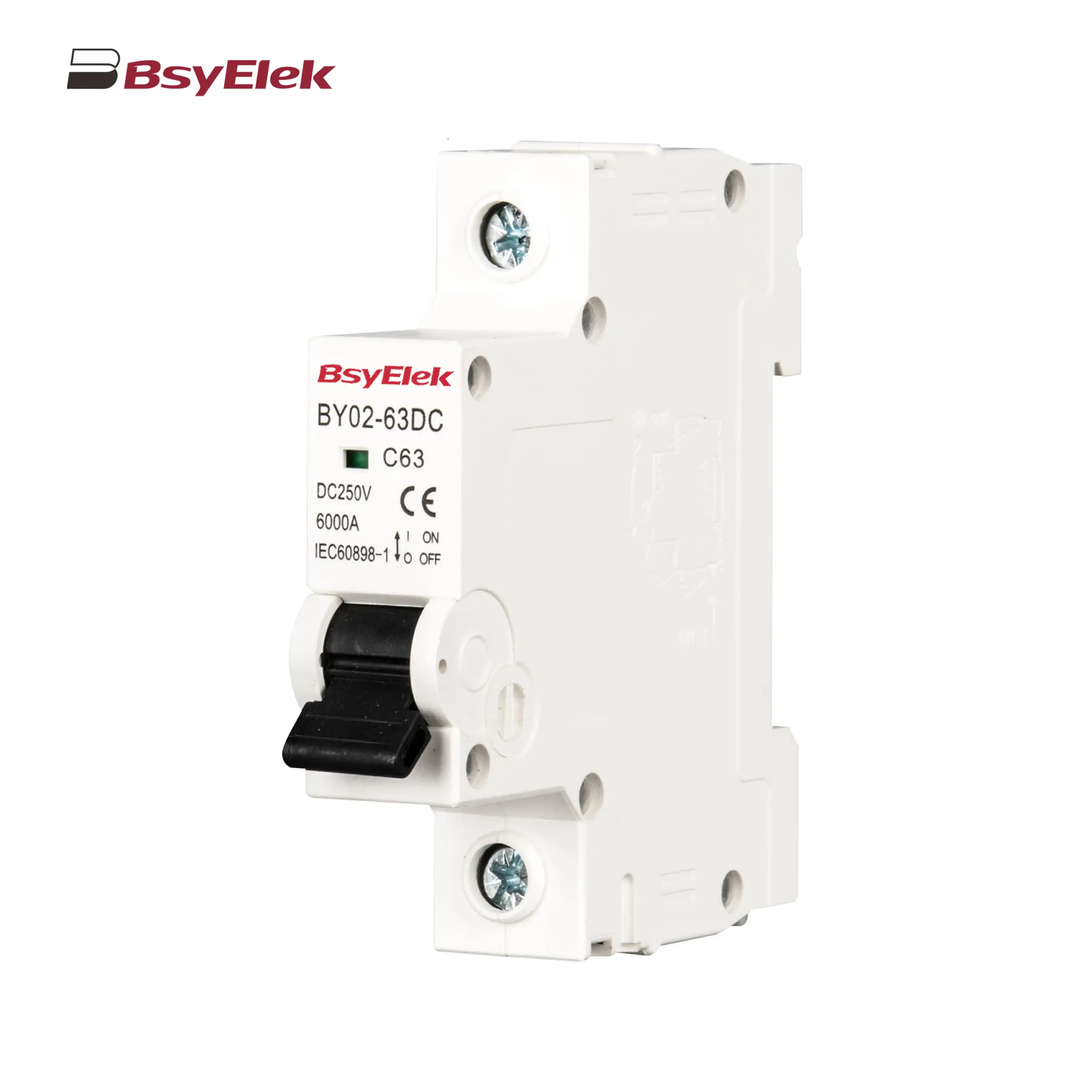 BY02-63DC MCB 3kA DC Miniature Circuit Breaker
BY02-63DC MCB 3kA DC Miniature Circuit Breaker
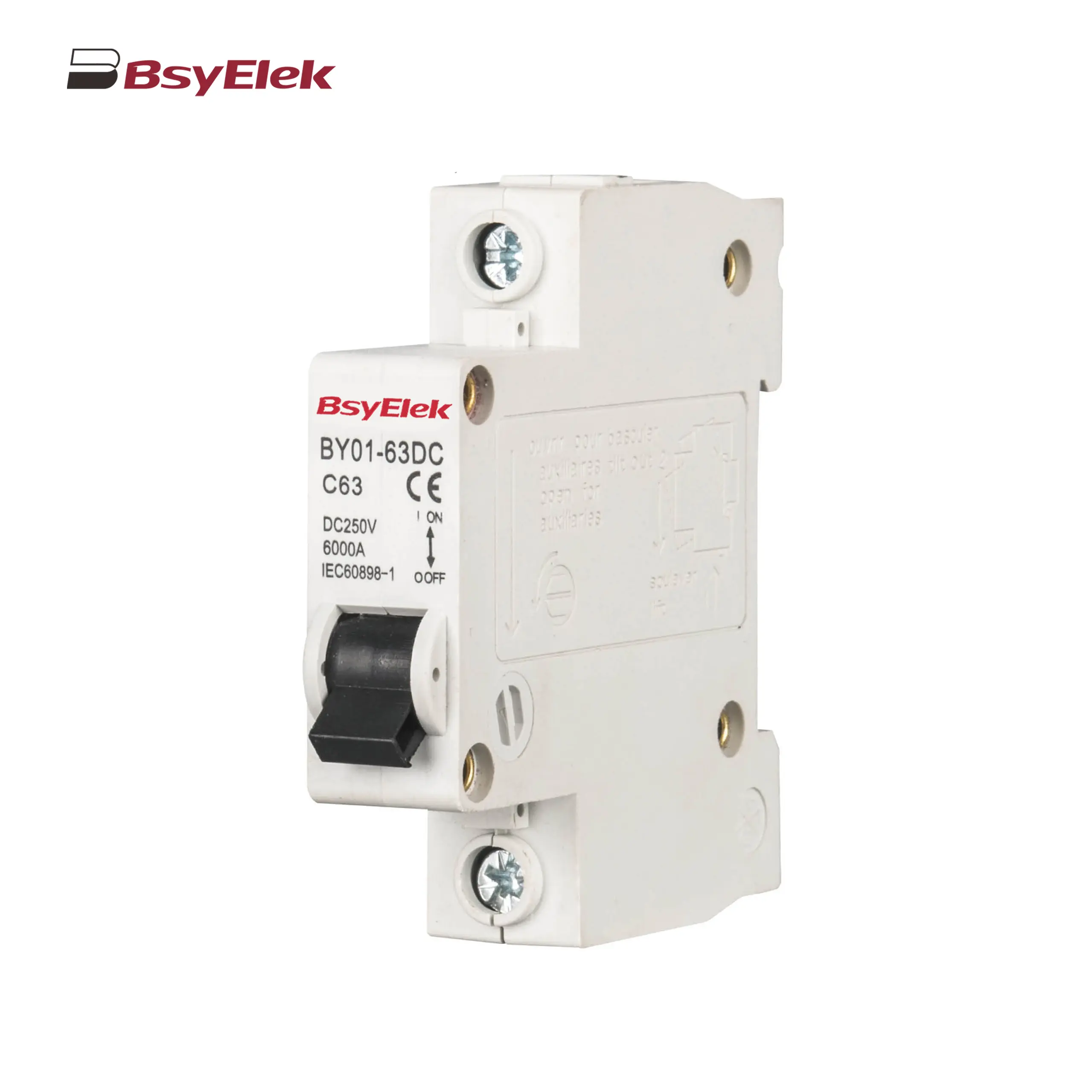 BY01-63DC MCB 3kA DC Miniature Circuit Breaker
BY01-63DC MCB 3kA DC Miniature Circuit Breaker
RCD
DC Surge Protective Device
DC Fuse
PV Isolator Switch
PV Connector
Cable Gland
PV Cable
PV Knife Switch
DC Molded Case Circuit Breaker
Industrial Power Distribution Electric
Distribution Box
Air Conditioning System
Definite Purpose Magnetic Contactor
Condensate Pump
 BY-5018 1.8M Engineering Drainage Pump
BY-5018 1.8M Engineering Drainage Pump
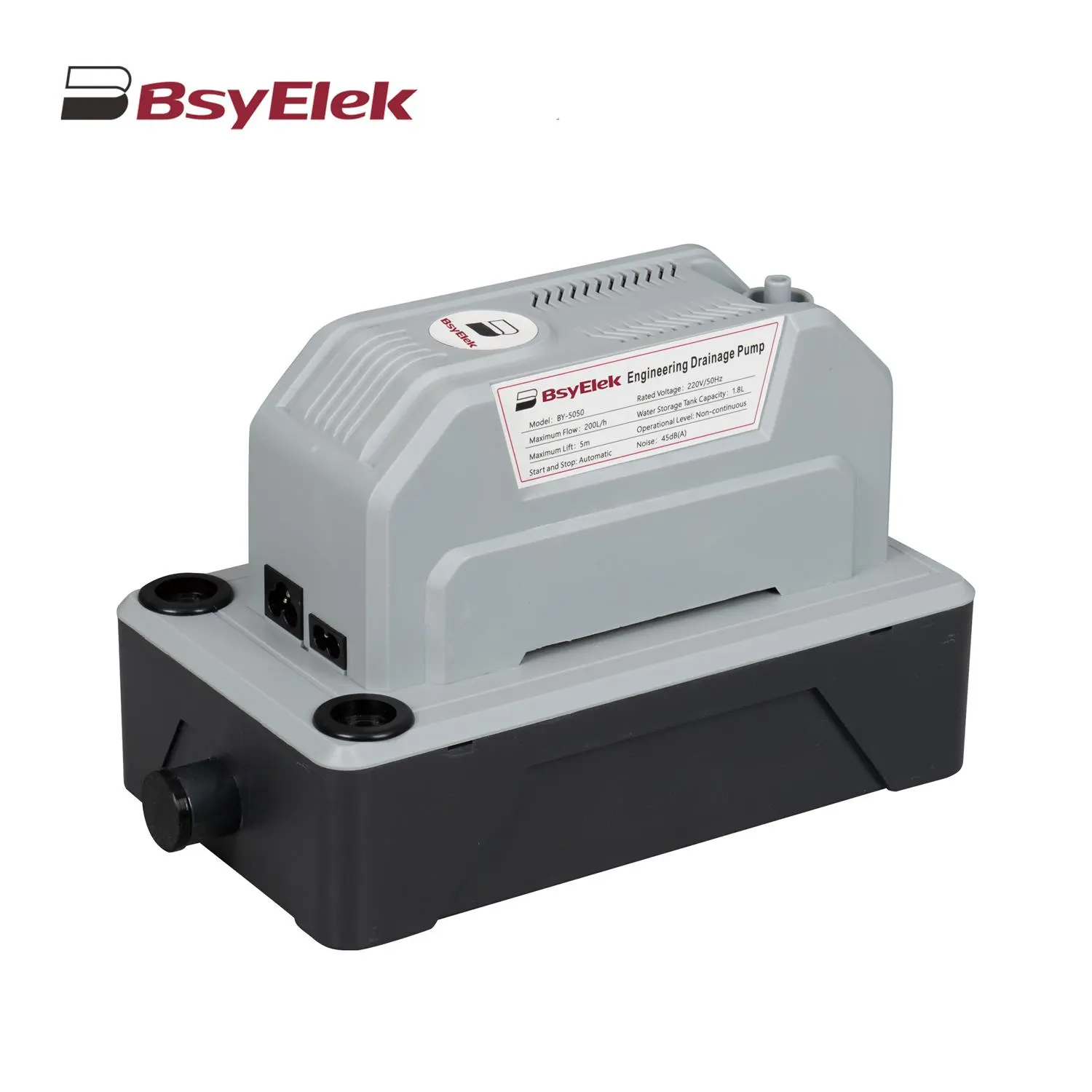 BY-5050 5M Engineering Drainage Pump
BY-5050 5M Engineering Drainage Pump
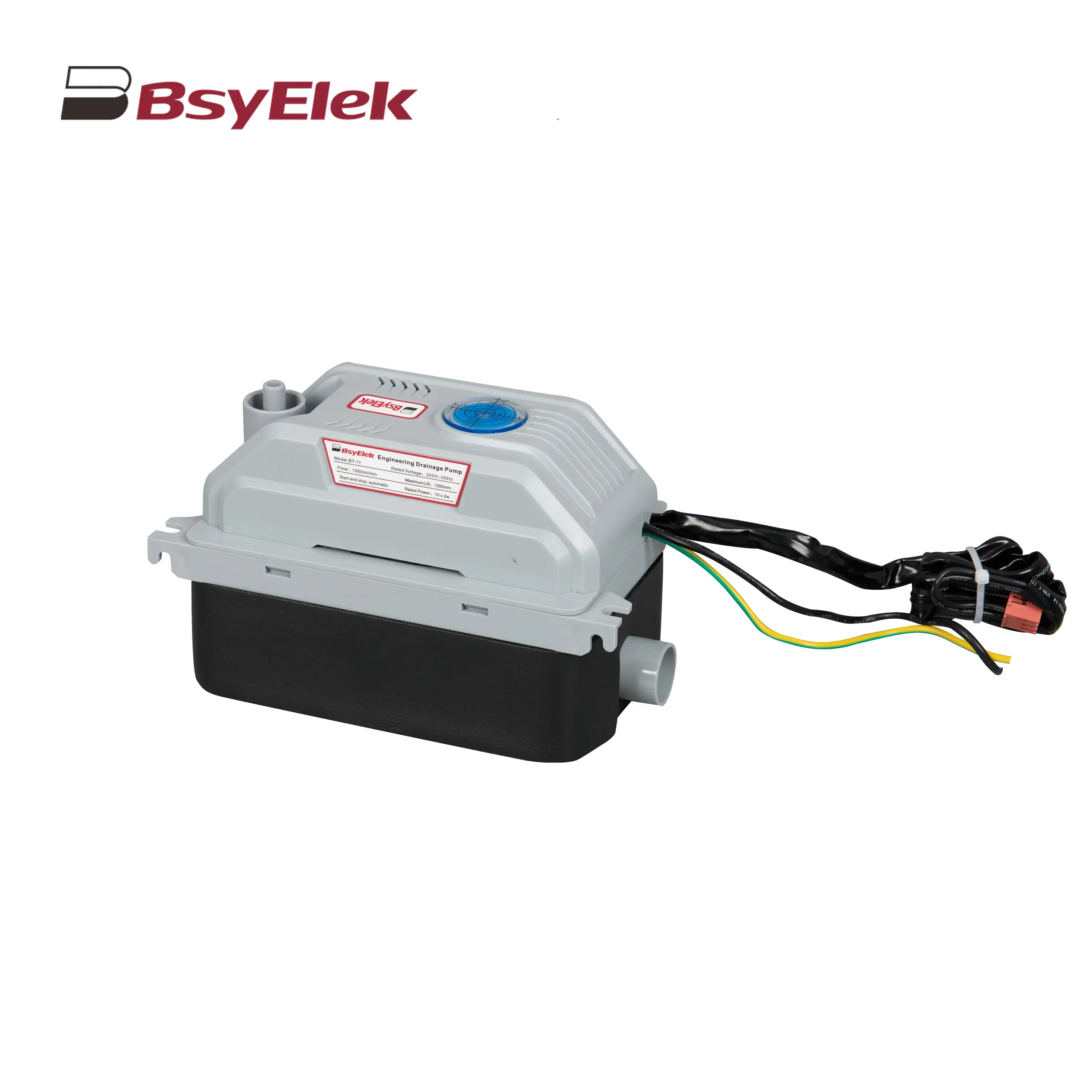 BY-11 1.2M Engineering Drainage Pump
BY-11 1.2M Engineering Drainage Pump
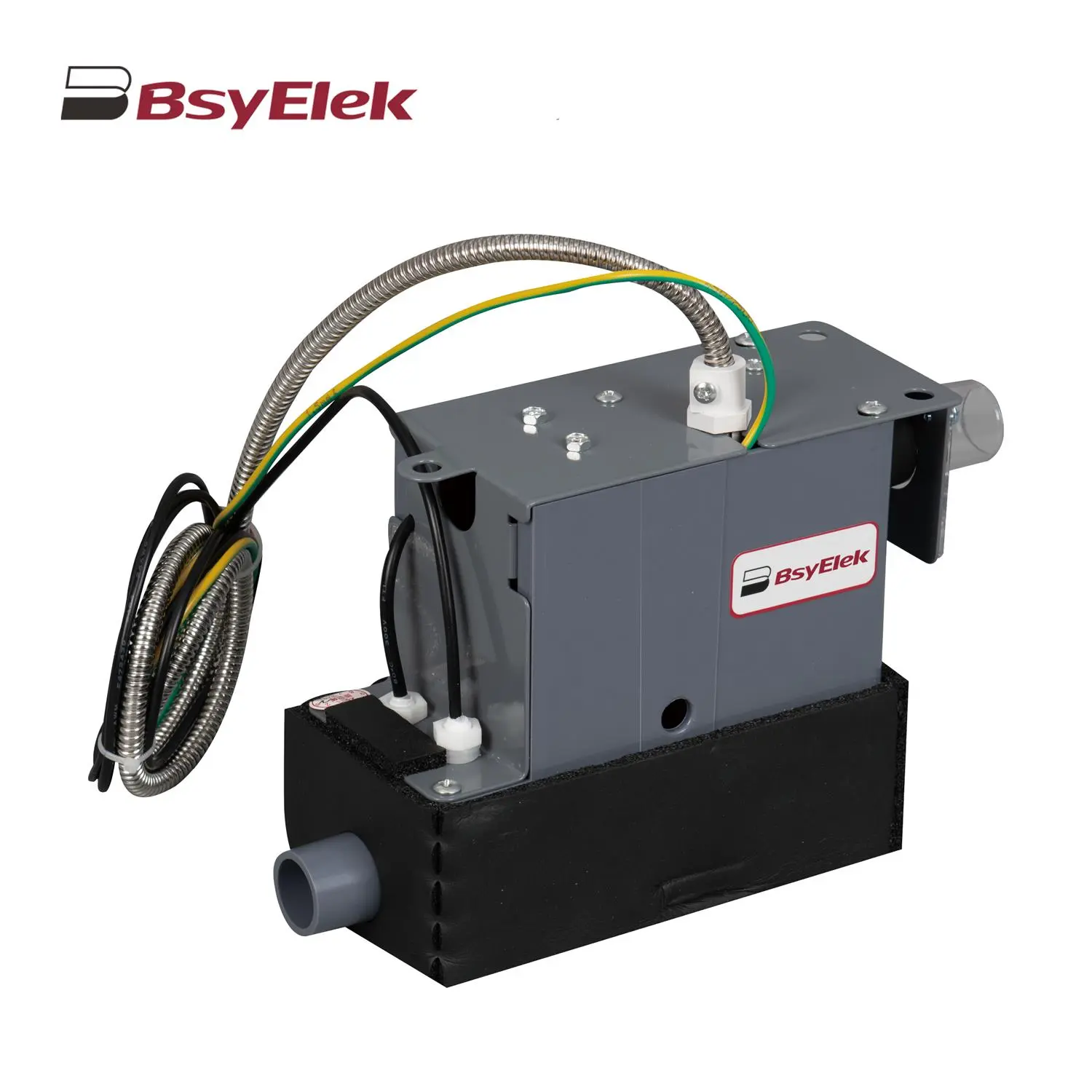 SBH-05 0.7M Original Drainage Pump of Duct Type Air Conditioner
SBH-05 0.7M Original Drainage Pump of Duct Type Air Conditioner
 BY-24A/40A 10M Drainage Pump of Air Conditioner
BY-24A/40A 10M Drainage Pump of Air Conditioner
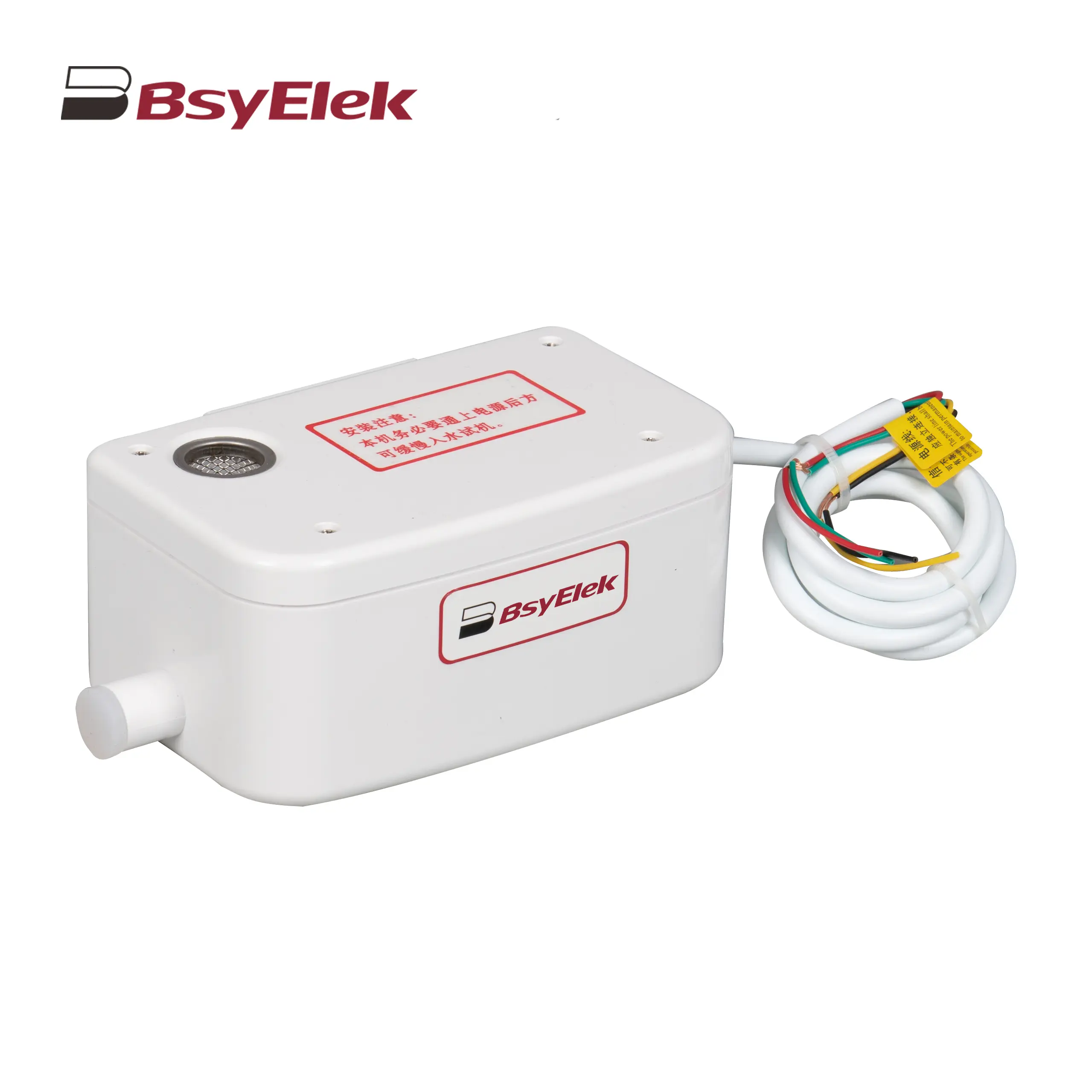 BY-50A 12M Drainage Pump of Air Conditioner
BY-50A 12M Drainage Pump of Air Conditioner
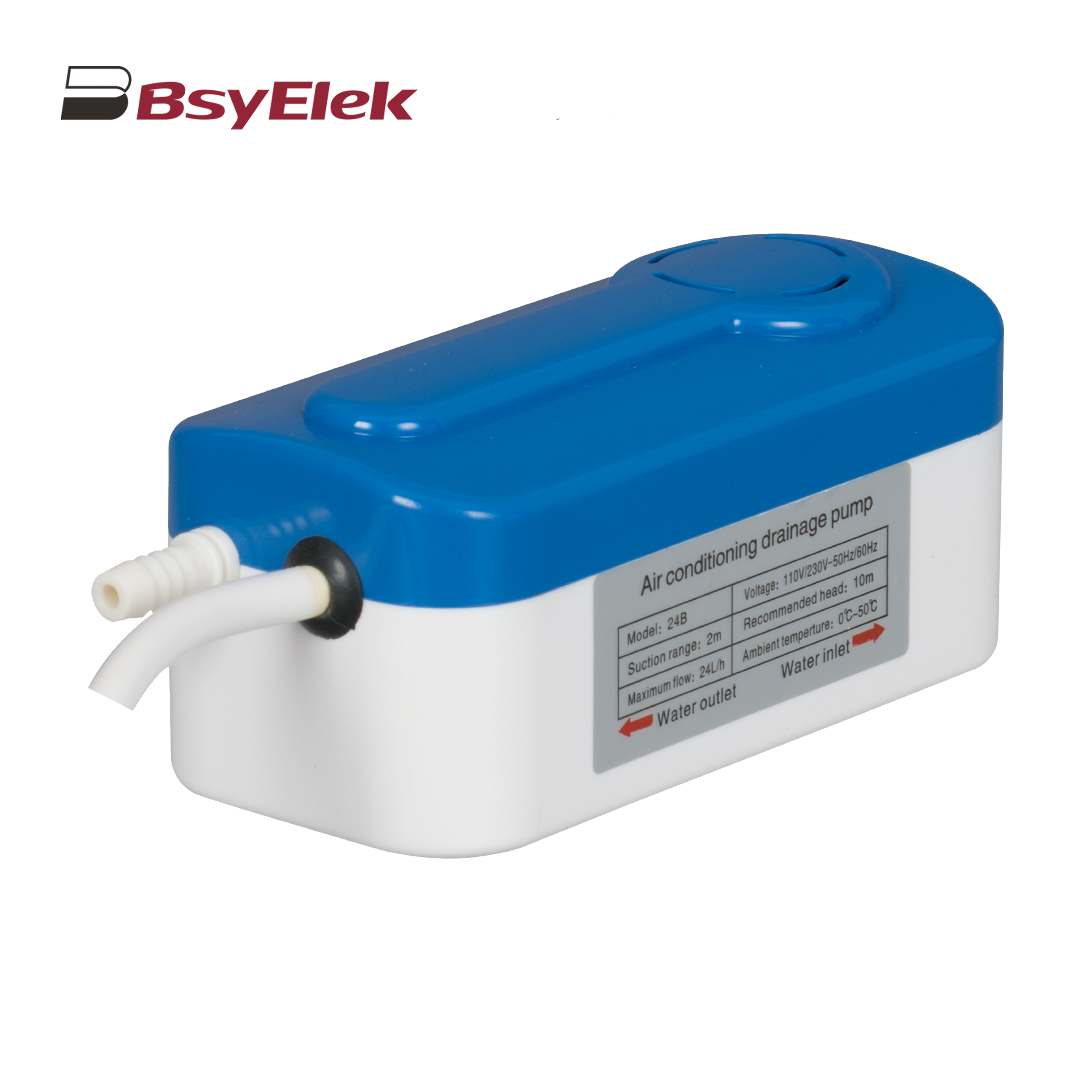 BY-24B/40B 10M Split Type Drainage Pump
BY-24B/40B 10M Split Type Drainage Pump
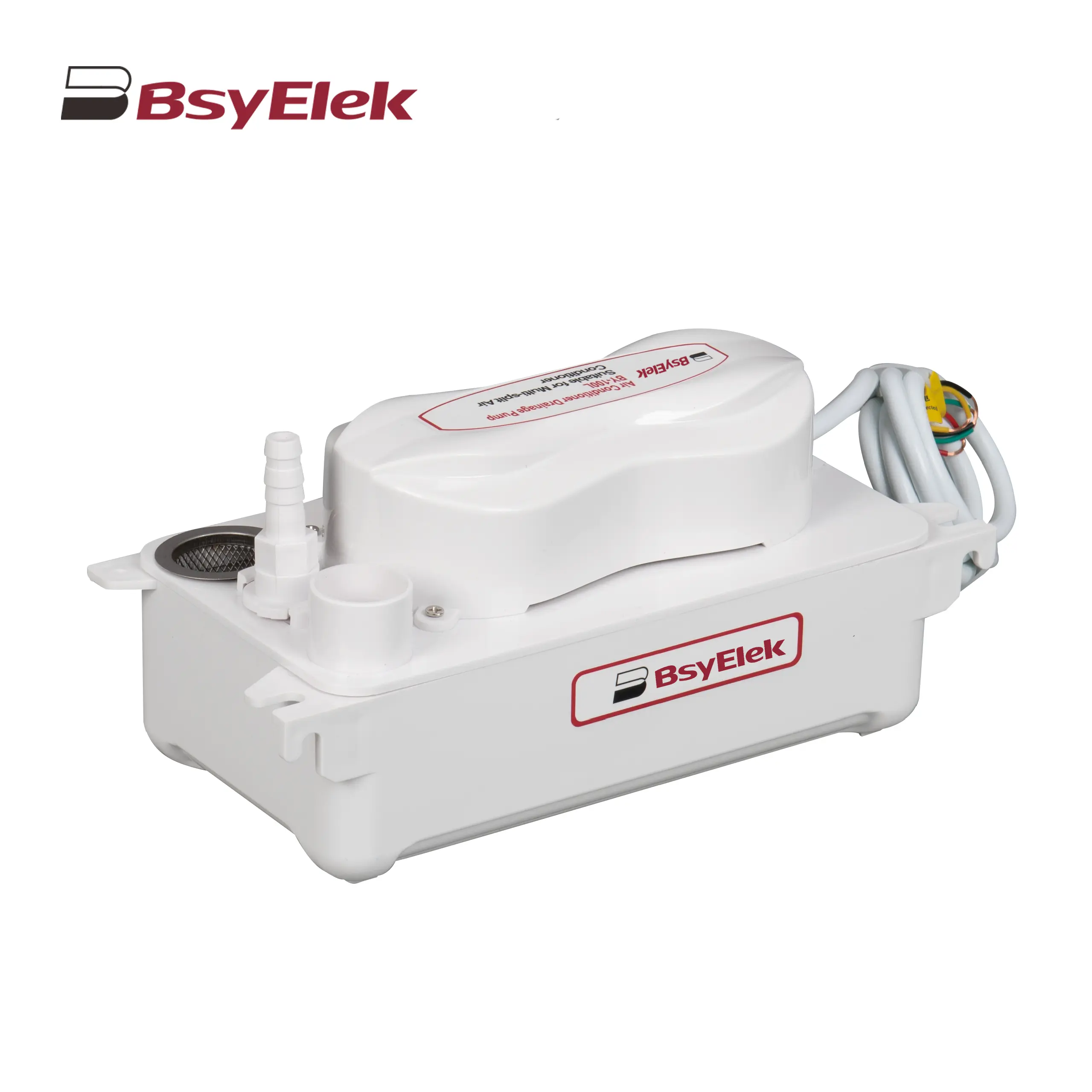 BY-100L 2M Drainage Pump of Air Conditioner
BY-100L 2M Drainage Pump of Air Conditioner
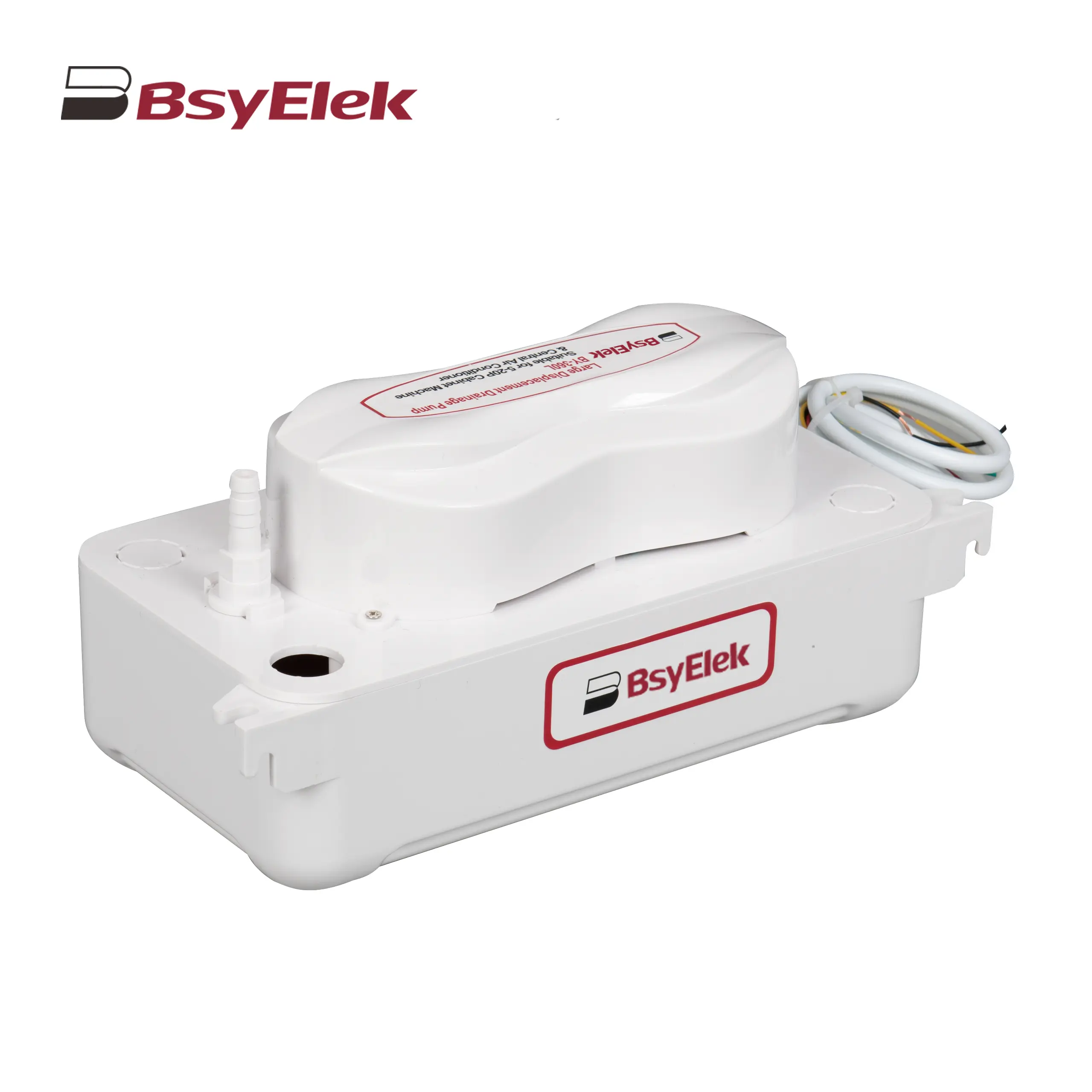 BY-360L 6M Large Displacement Drainage Pump
BY-360L 6M Large Displacement Drainage Pump
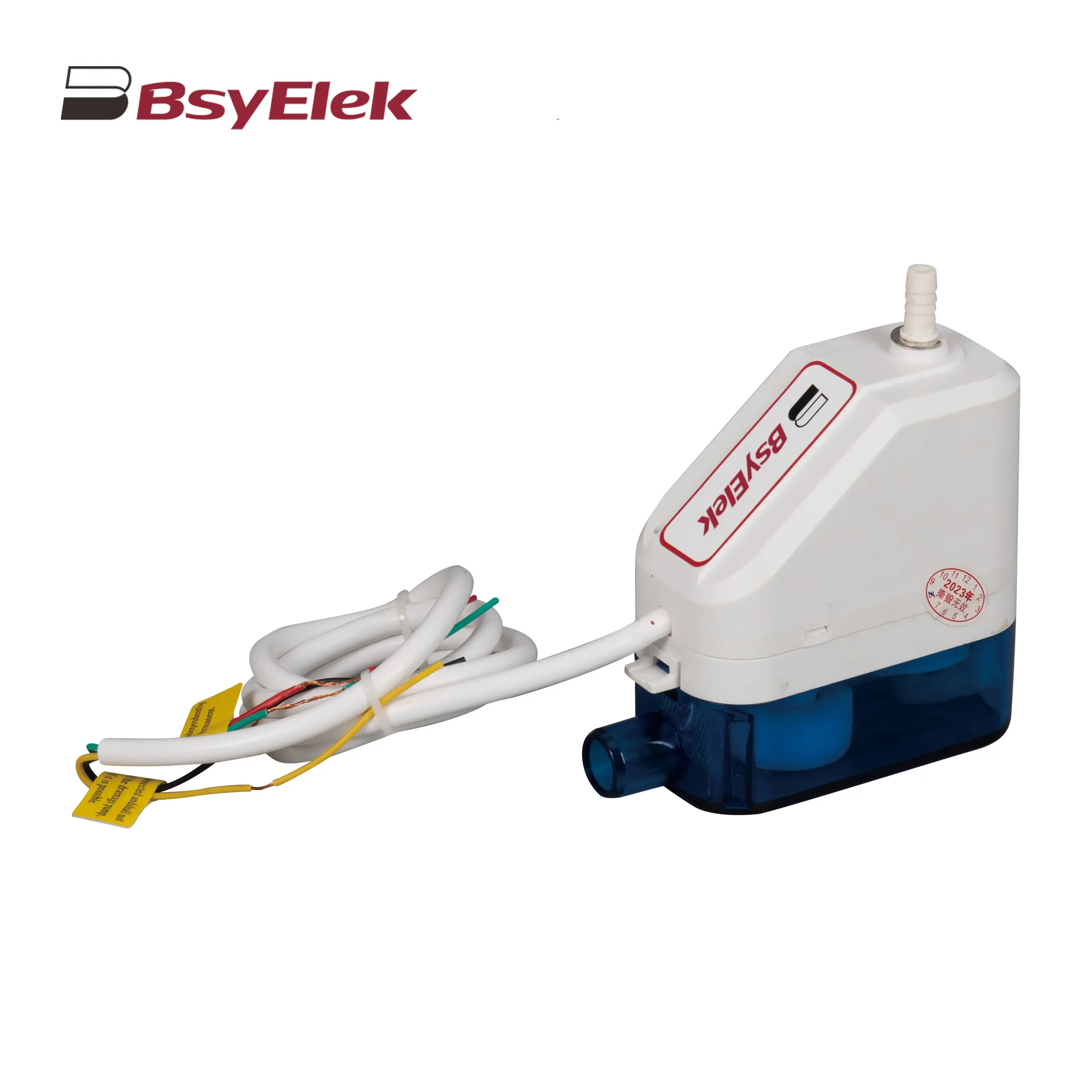 BY-24C/40C 10M Corner Drainage Pump
BY-24C/40C 10M Corner Drainage Pump
News
Top Blog
Company News
Industry Dynamics
What is a miniature circuit breaker (MCB)?
PG Series Waterproof Cable Glands with Washer for Harsh Environments
LWSF-125 125A Manual Changeover Switch ensures reliable power transfer
BYX2 AC contactor series: reliable power control for modern electrical systems
High-performance 1000V DC fuse holder optimizes solar photovoltaic system protection
BY07L-63 Residual Current Circuit Breaker Ensures Global Electrical Safety
BYQ5 ATS Isolation Dual Power Automatic Transfer Switch
BY19G 63A Manual Changeover Switch: Features and Benefits
Support
Blog
Contact Us





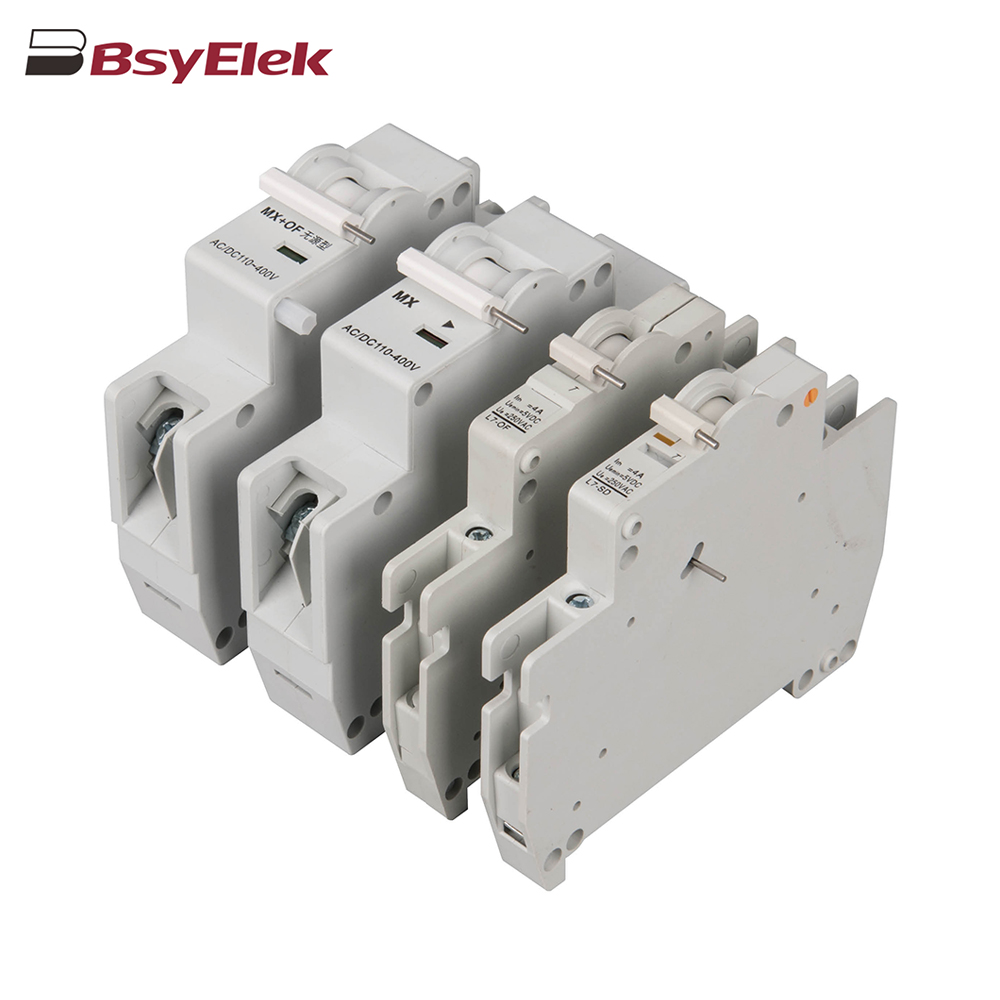 OF SD MX OF MCB Miniature Circuit Breaker Accessories
OF SD MX OF MCB Miniature Circuit Breaker Accessories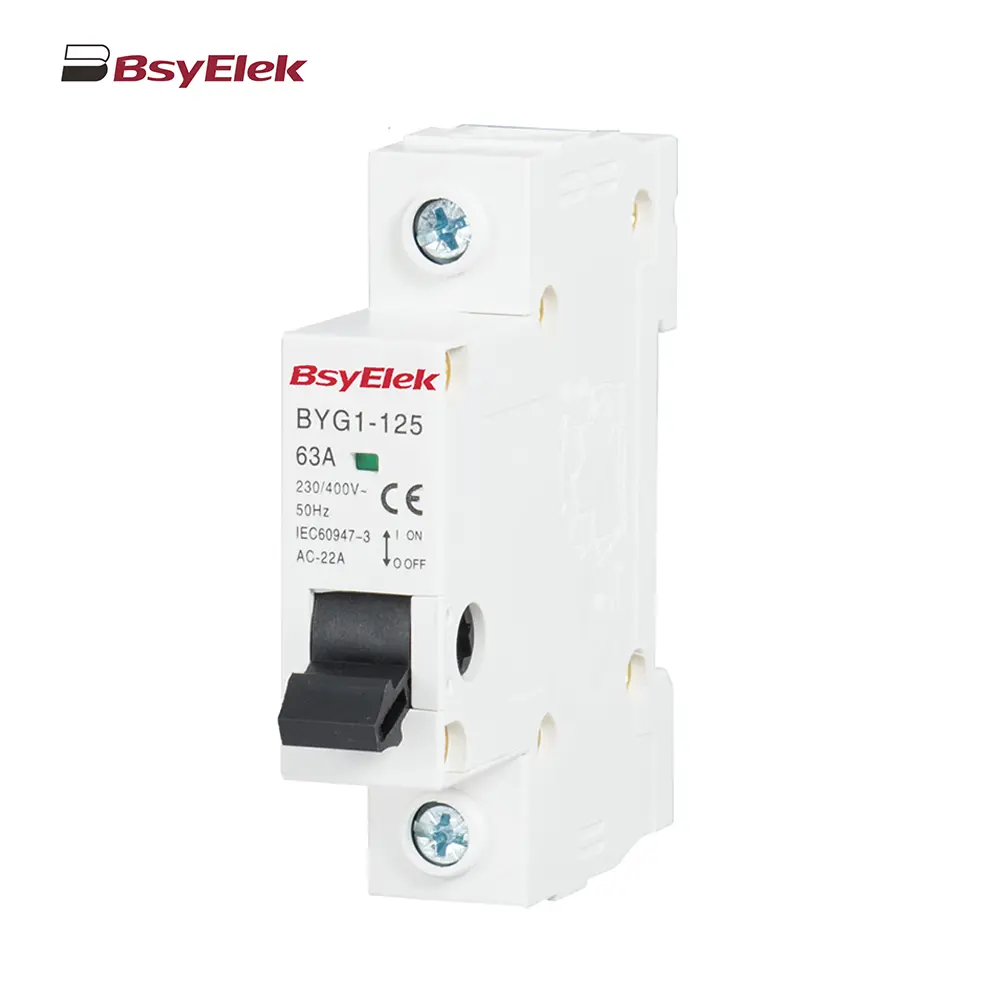 BYG1-125 Main Switch MCB Isolator Switch
BYG1-125 Main Switch MCB Isolator Switch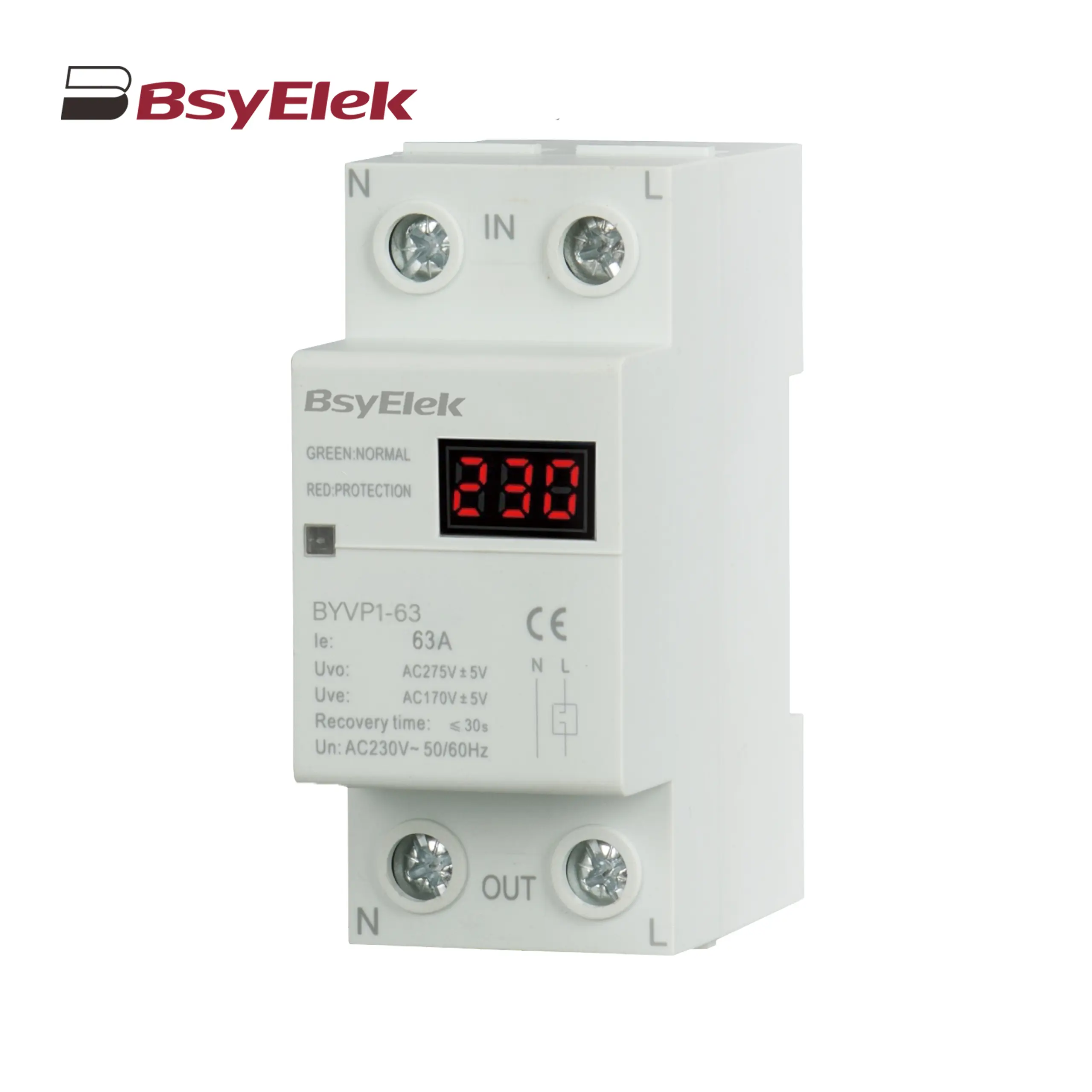 BYVP1-63 100A Single Display Overvoltage and Undervoltage Protector
BYVP1-63 100A Single Display Overvoltage and Undervoltage Protector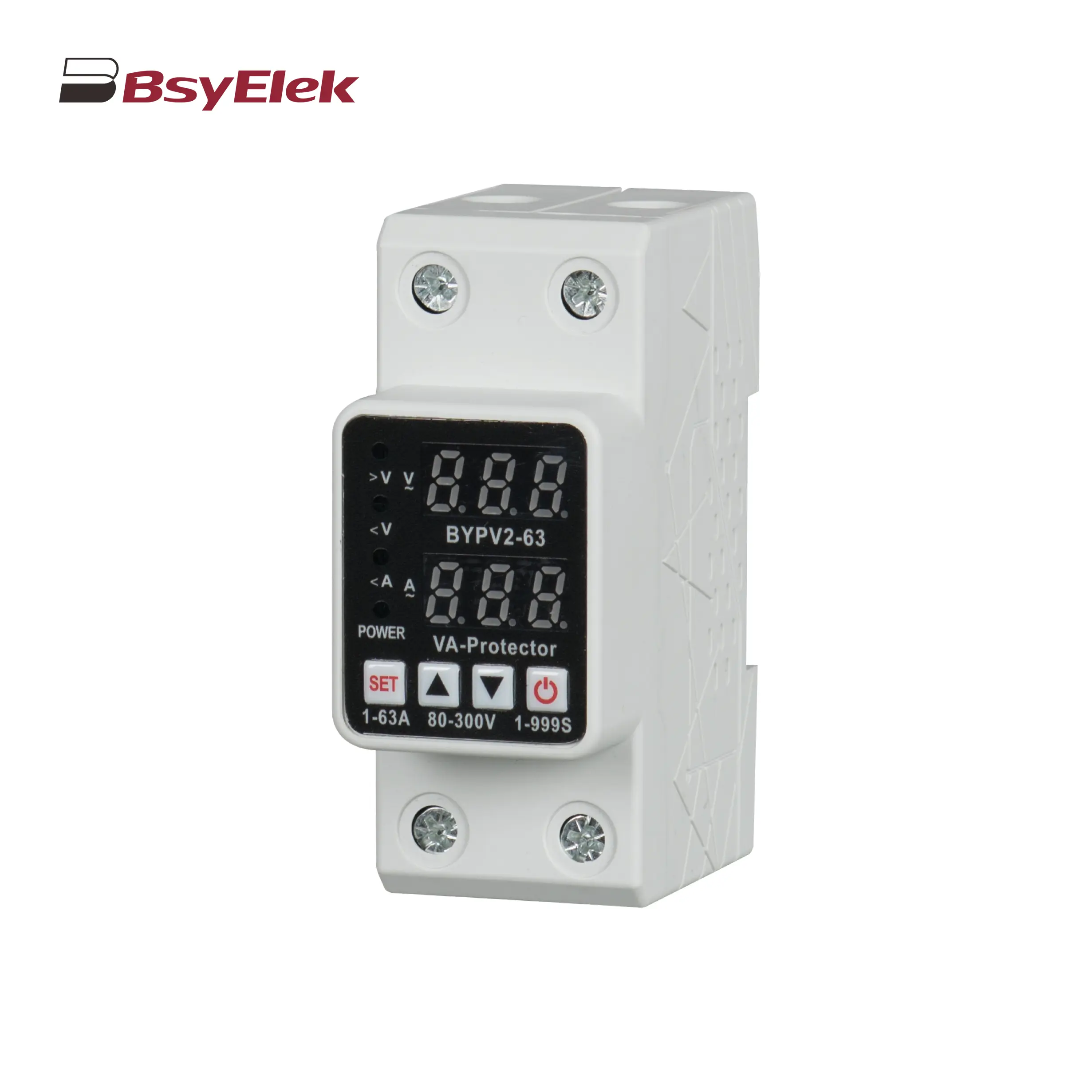 BYVP2-63 40A 63A Adjustable Dual Display Overvoltage and Undervoltage Protector
BYVP2-63 40A 63A Adjustable Dual Display Overvoltage and Undervoltage Protector BYX2 6-95A AC Contactor
BYX2 6-95A AC Contactor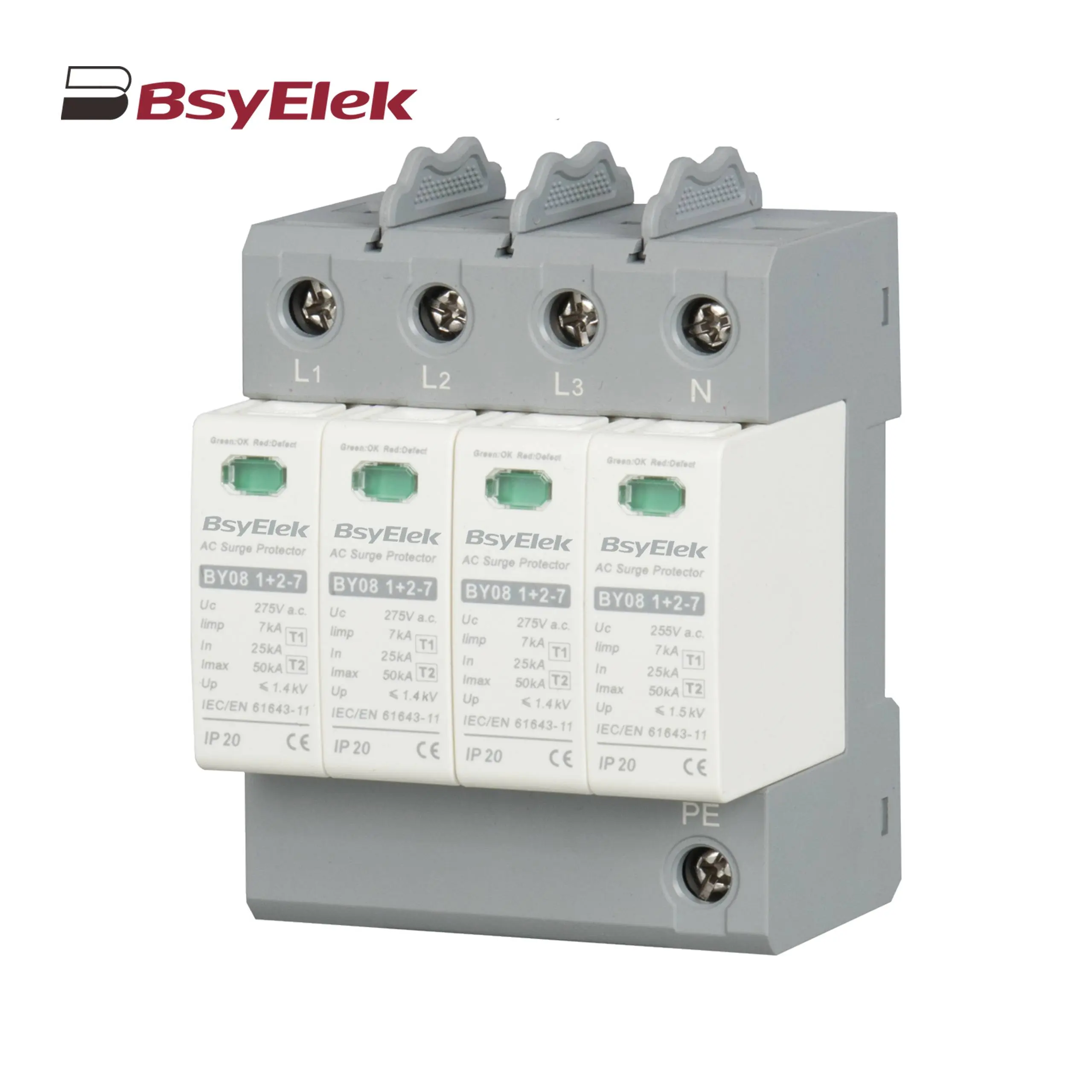 BY08 1+2-7 SPD Class T1+T2 Imax 50KA Surge Protective Device
BY08 1+2-7 SPD Class T1+T2 Imax 50KA Surge Protective Device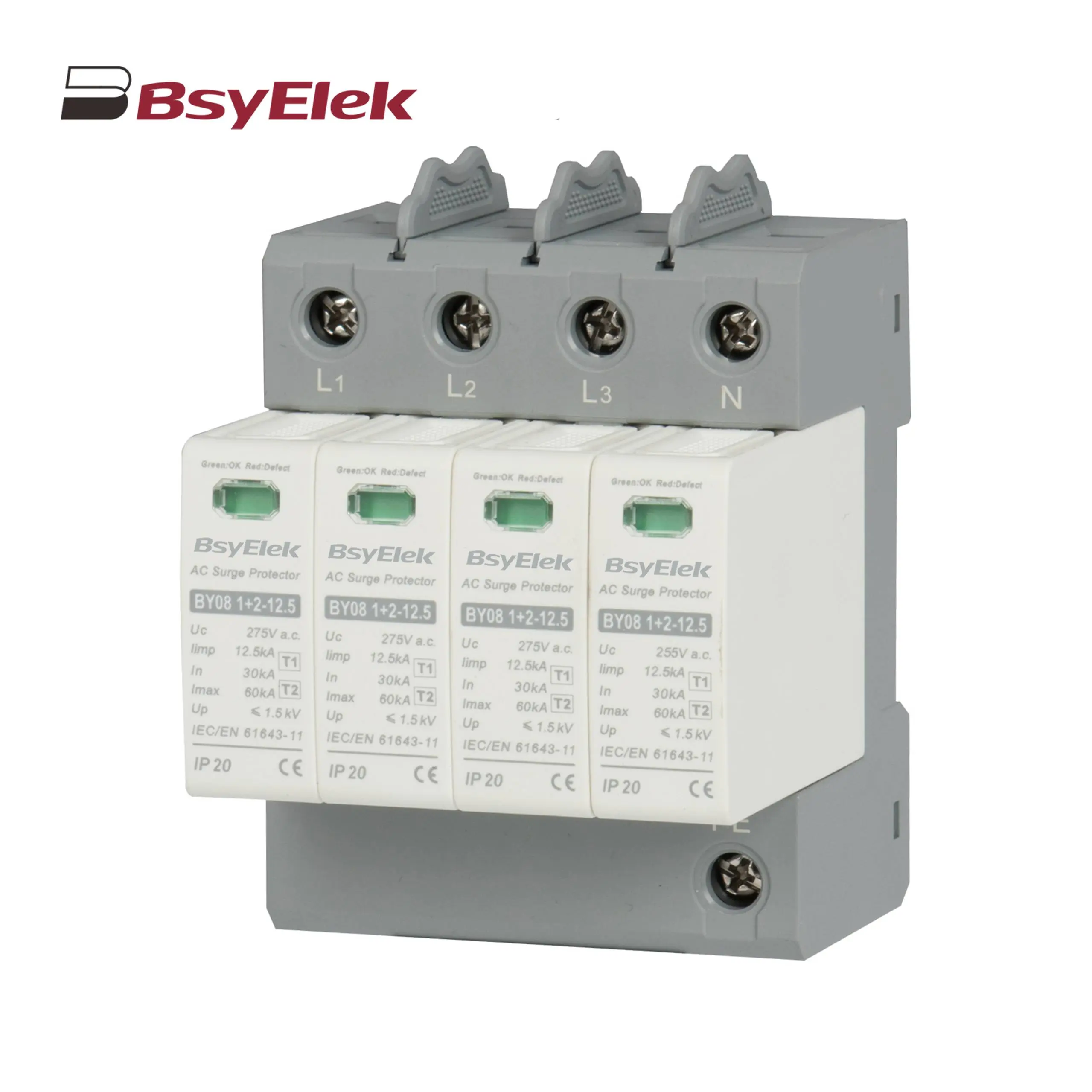 BY08 1+2-12.5 SPD Class T1+T2 Imax 60KA Surge Protective Device
BY08 1+2-12.5 SPD Class T1+T2 Imax 60KA Surge Protective Device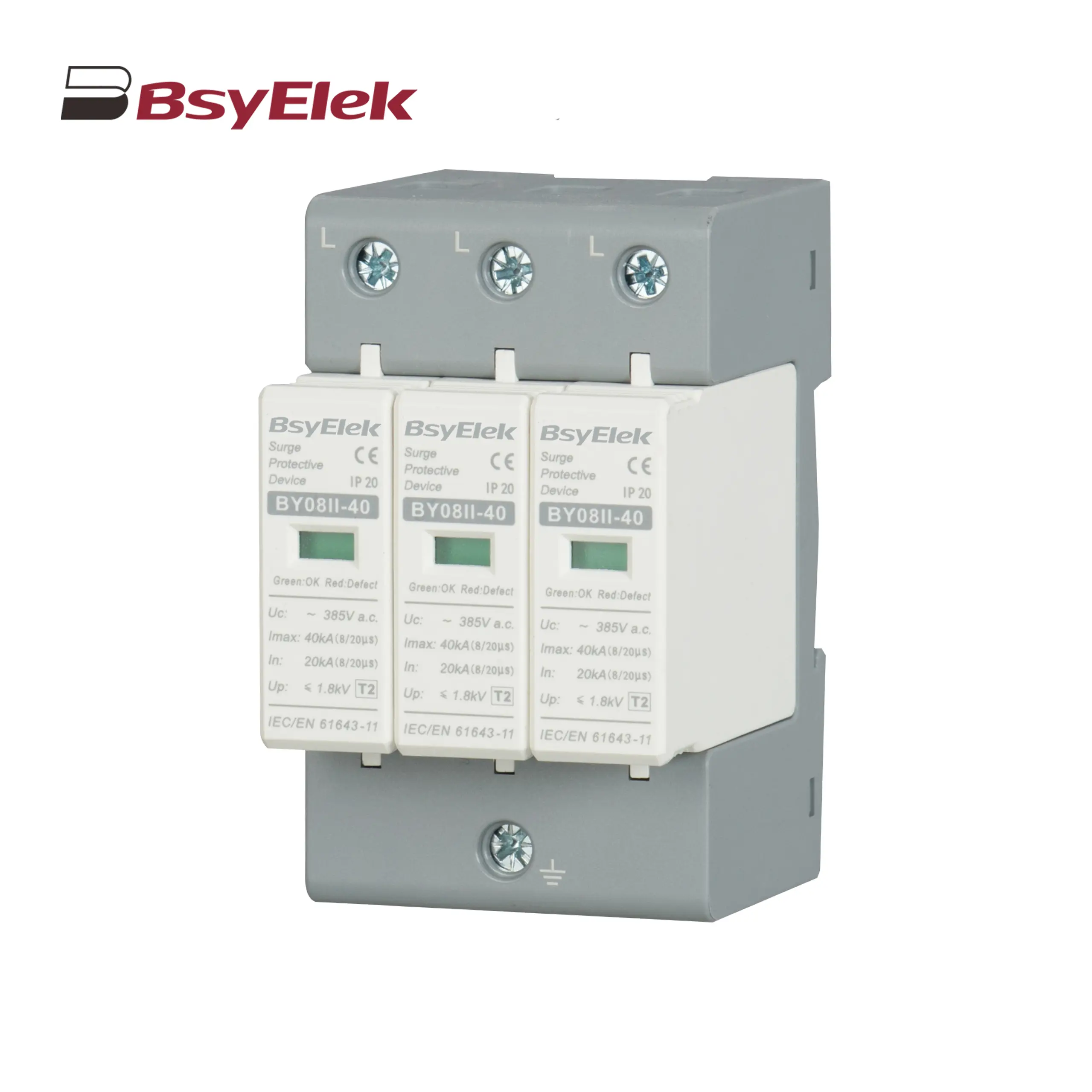 BY08II-40 SPD Class T2 Imax 40KA Surge Protective Device
BY08II-40 SPD Class T2 Imax 40KA Surge Protective Device BY19G 63A Manual Changeover Switch
BY19G 63A Manual Changeover Switch LWSF-125 125A Manual Changeover Switch
LWSF-125 125A Manual Changeover Switch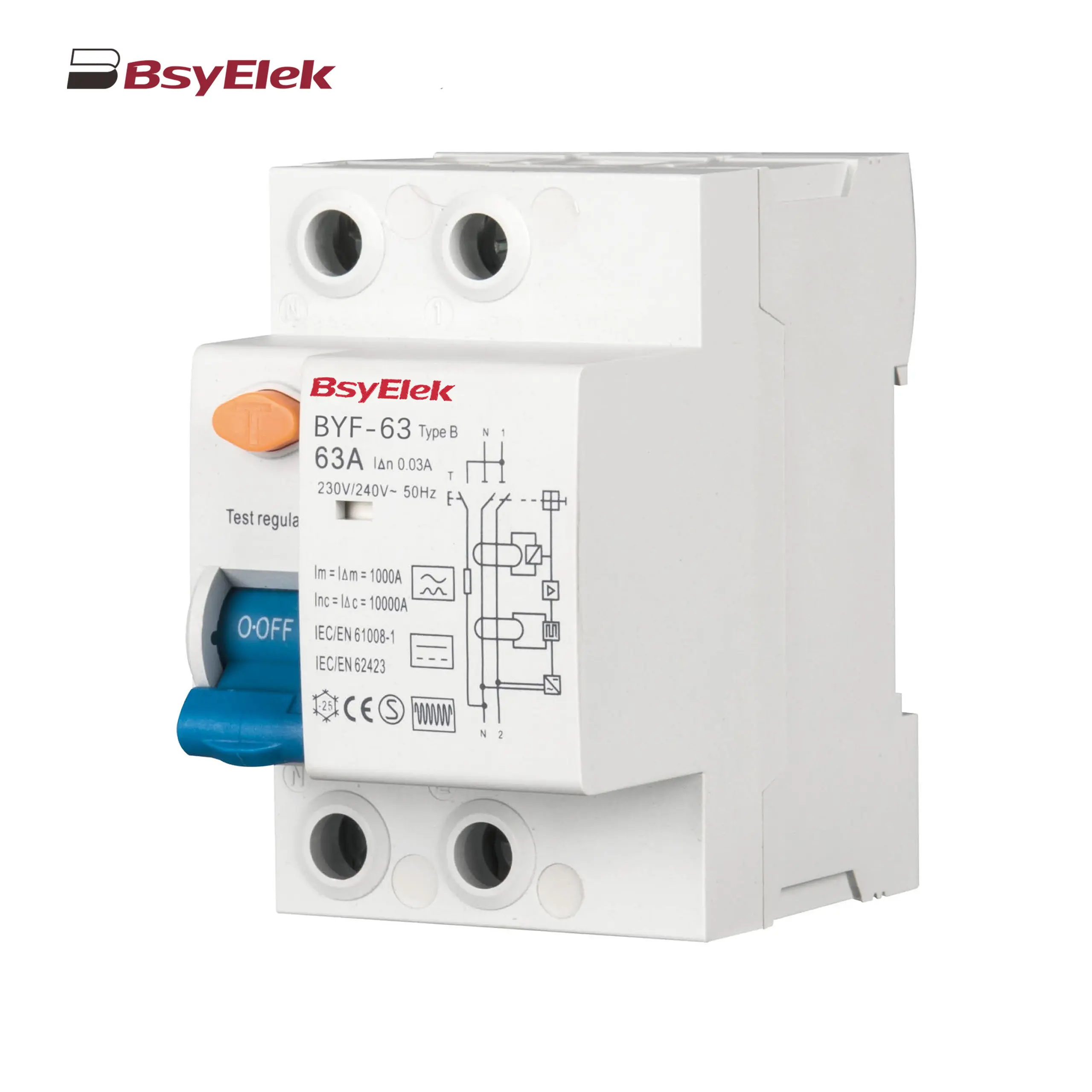 BYF-63 RCD 10KA Type B AC+A+Smoothing DC Residual Current Device
BYF-63 RCD 10KA Type B AC+A+Smoothing DC Residual Current Device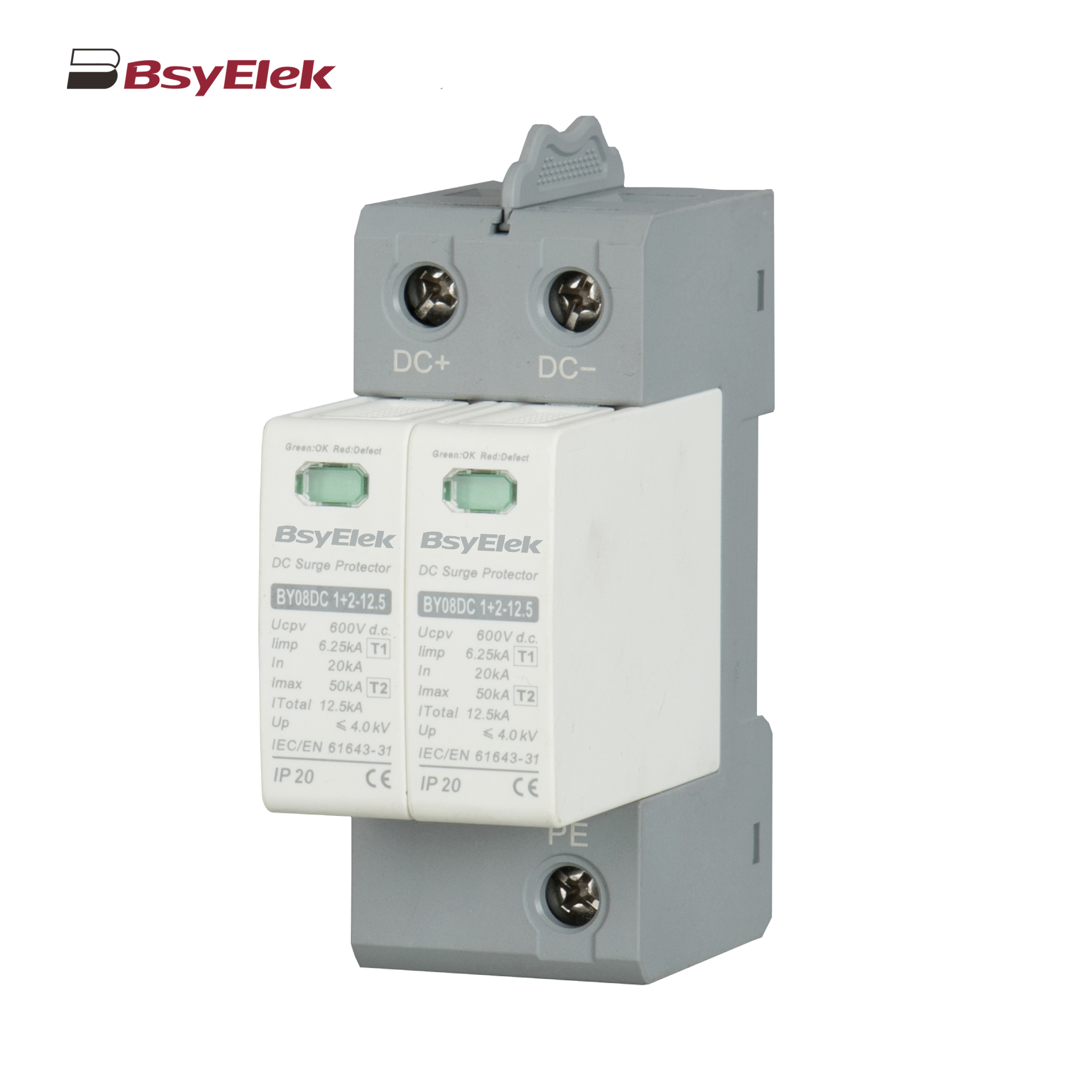 BY08DC 1+2-12.5 SPD Class T1+T2 40KA DC Surge Protective Device
BY08DC 1+2-12.5 SPD Class T1+T2 40KA DC Surge Protective Device BY08IIDC-40 SPD Class T2 40KA DC Surge Protective Device
BY08IIDC-40 SPD Class T2 40KA DC Surge Protective Device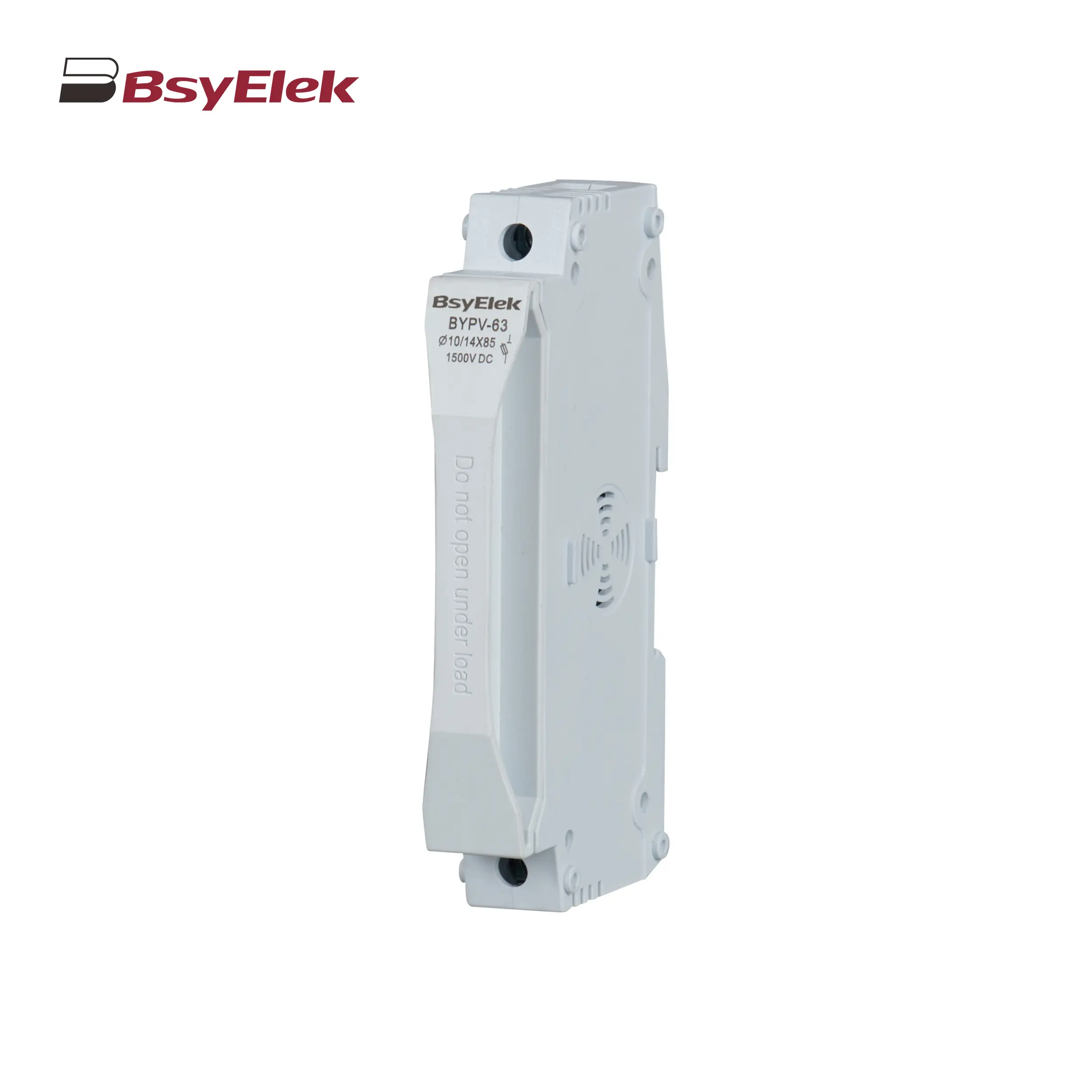 BYPV-63 1500VDC 50A Fuse Holder with 10x85mm 14x85mm Fuse Link
BYPV-63 1500VDC 50A Fuse Holder with 10x85mm 14x85mm Fuse Link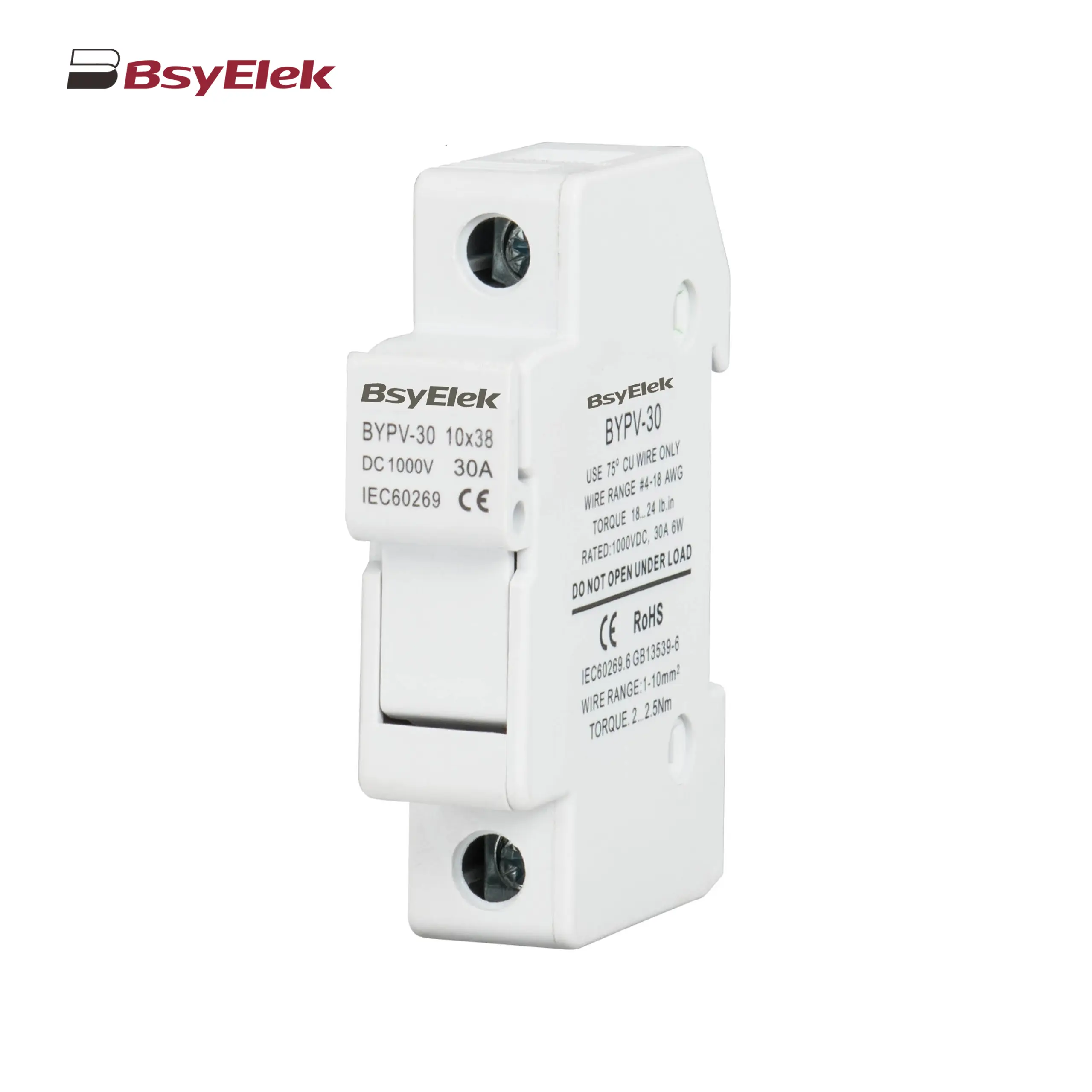 BYPV-30 1000VDC 32A Fuse Holder with 10x38mm Fuse Link
BYPV-30 1000VDC 32A Fuse Holder with 10x38mm Fuse Link BYPV-ELR2 PV Isolator Switch with Enclosed Version
BYPV-ELR2 PV Isolator Switch with Enclosed Version BYPV-ELR1 PV Isolator Switch with Enclosed Version
BYPV-ELR1 PV Isolator Switch with Enclosed Version BYPV-NL1/T PV Isolator Switch with Ultra-thin Lever Handle
BYPV-NL1/T PV Isolator Switch with Ultra-thin Lever Handle BYPV-NL1 PV Isolator Switch with Lever Handle
BYPV-NL1 PV Isolator Switch with Lever Handle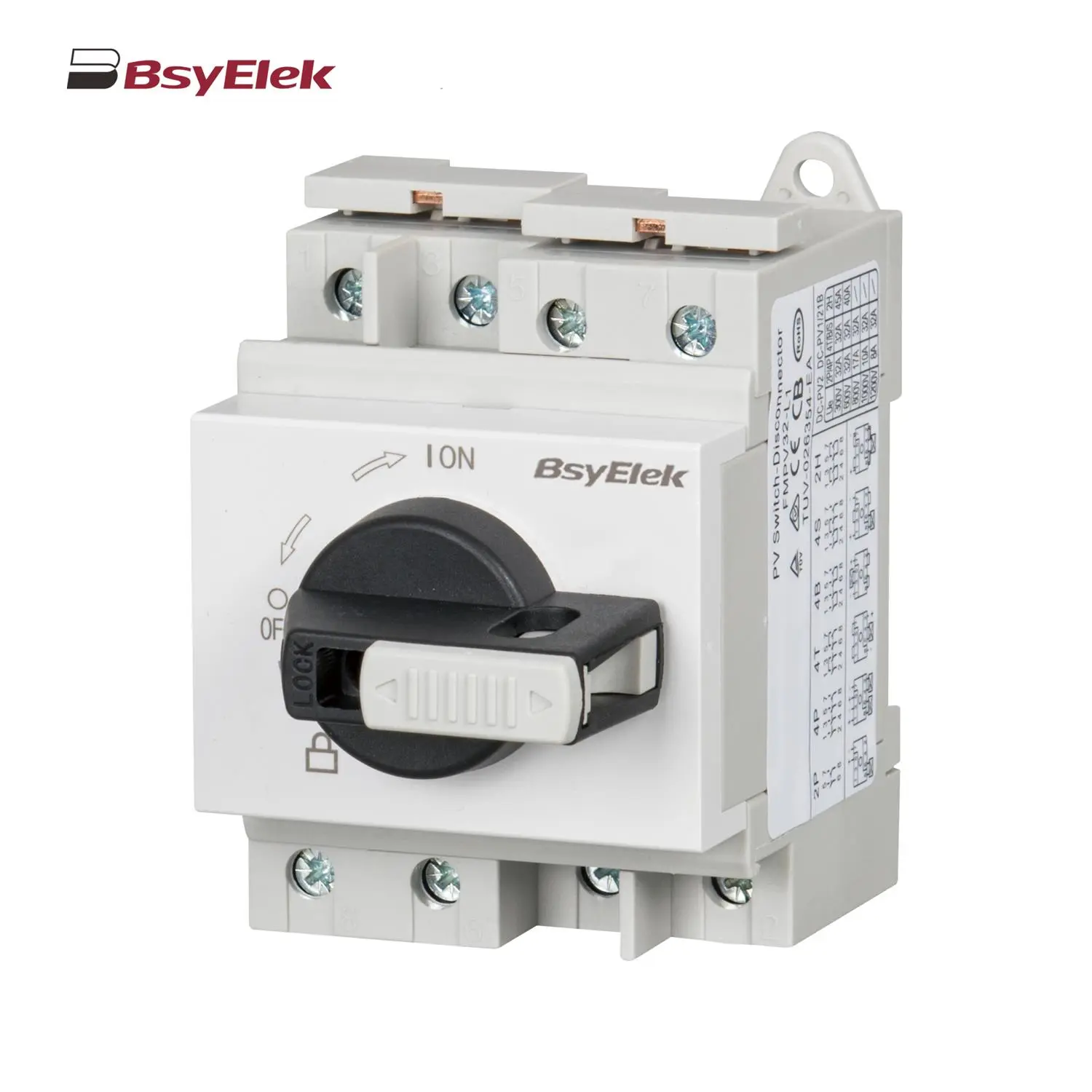 BYPV-L1/L2 PV Isolator Switch with Lockable Lever Handle
BYPV-L1/L2 PV Isolator Switch with Lockable Lever Handle PV-BY-01 30A/50A 1000V Photovoltaic Connector
PV-BY-01 30A/50A 1000V Photovoltaic Connector PV-BY-02 30A/50A 1500V Photovoltaic Connector
PV-BY-02 30A/50A 1500V Photovoltaic Connector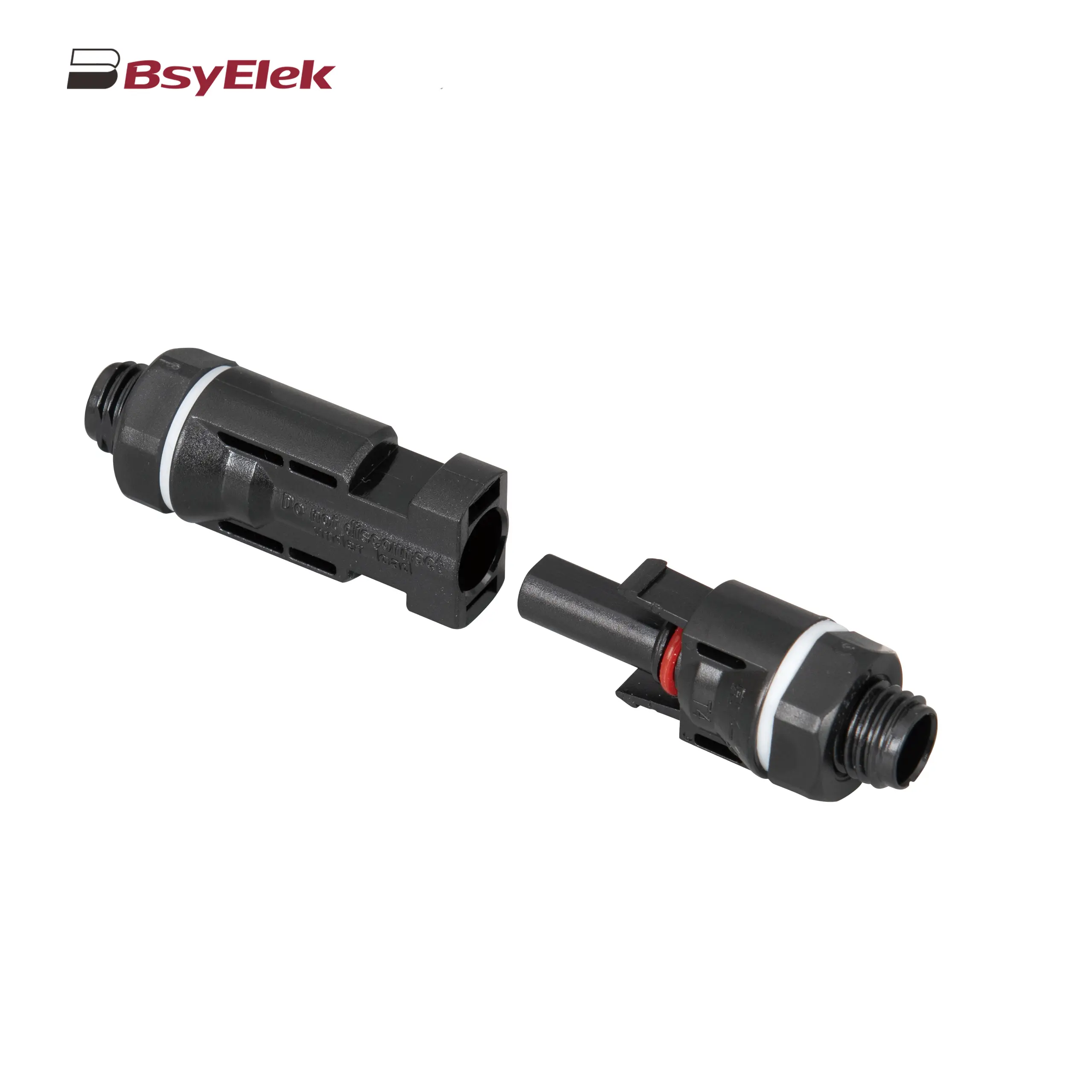 PV-BY-03 30A/50A 1000V Panel Mount Photovoltaic Connector
PV-BY-03 30A/50A 1000V Panel Mount Photovoltaic Connector PV-BY-F01 30A 1500V Diode/Fuse Type Connector
PV-BY-F01 30A 1500V Diode/Fuse Type Connector PV-BY-T 50A 1500V T Type Branch Connector
PV-BY-T 50A 1500V T Type Branch Connector PV-BY-Y 30A 1500V Y Type Branch Connector
PV-BY-Y 30A 1500V Y Type Branch Connector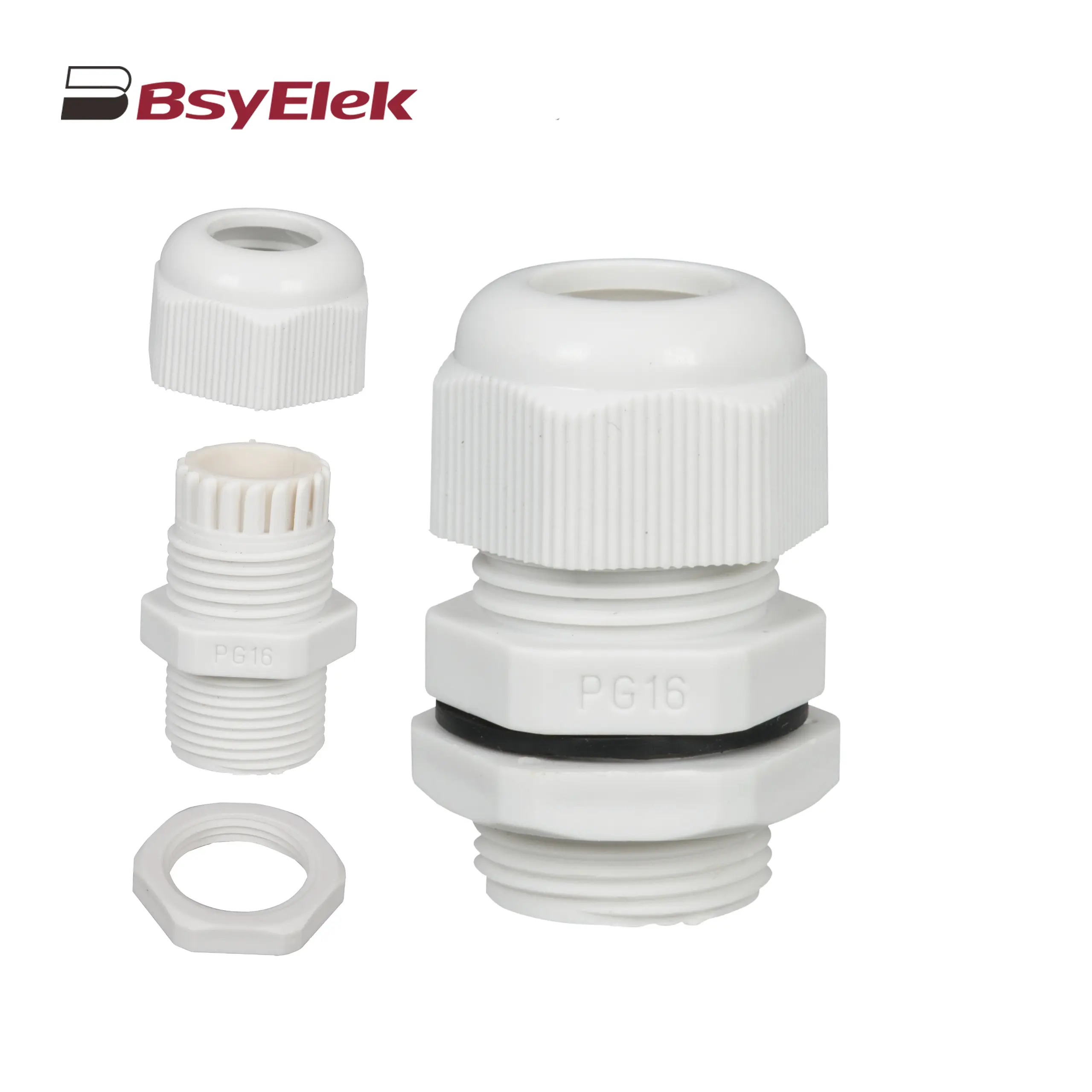 PG Waterproof Cable Gland with Washer
PG Waterproof Cable Gland with Washer Photovoltaic Cable
Photovoltaic Cable HD11N Photovoltaic Knife Switch
HD11N Photovoltaic Knife Switch BYM3DC MCCB Photovoltaic DC Molded Case Circuit Breaker
BYM3DC MCCB Photovoltaic DC Molded Case Circuit Breaker BYM1DC MCCB 1000VDC Thermal Magnetic Type DC Molded Case Circuit Breaker
BYM1DC MCCB 1000VDC Thermal Magnetic Type DC Molded Case Circuit Breaker BYM1E MCCB Electronic Type Molded Case Circuit Breaker
BYM1E MCCB Electronic Type Molded Case Circuit Breaker BYM1 MCCB Thermal Magnetic AC Molded Case Circuit Breaker
BYM1 MCCB Thermal Magnetic AC Molded Case Circuit Breaker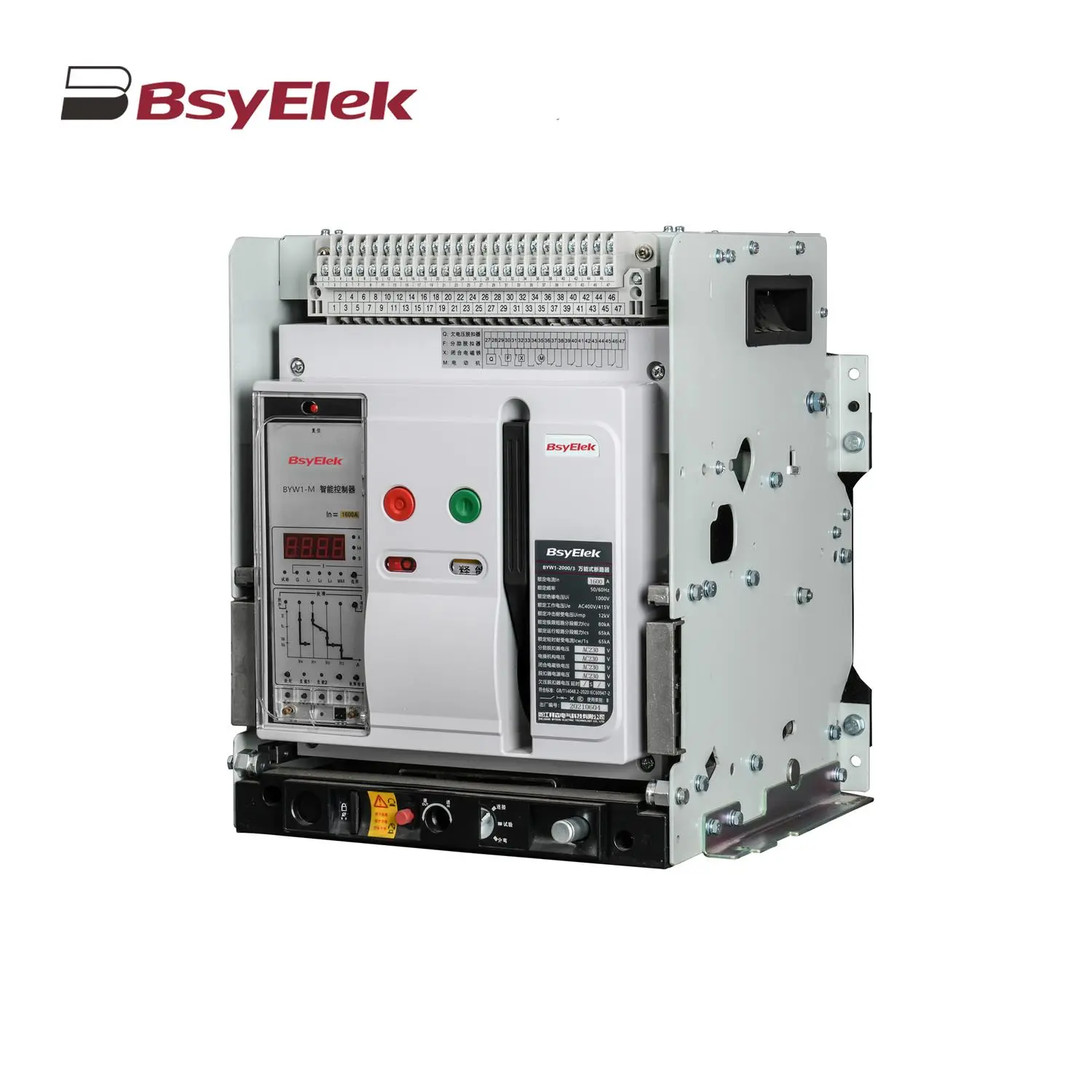 BYW1 ACB Intelligent Universal Air Circuit Breaker
BYW1 ACB Intelligent Universal Air Circuit Breaker BYQ1 ATS Isolated Type PC Level Dual Power Automatic Transfer Switch
BYQ1 ATS Isolated Type PC Level Dual Power Automatic Transfer Switch BYQ1 ATS Intelligent Type CB Level Dual Power Automatic Transfer Switch
BYQ1 ATS Intelligent Type CB Level Dual Power Automatic Transfer Switch BYQ1 ATS End Type CB Level Dual Power Automatic Transfer Switch
BYQ1 ATS End Type CB Level Dual Power Automatic Transfer Switch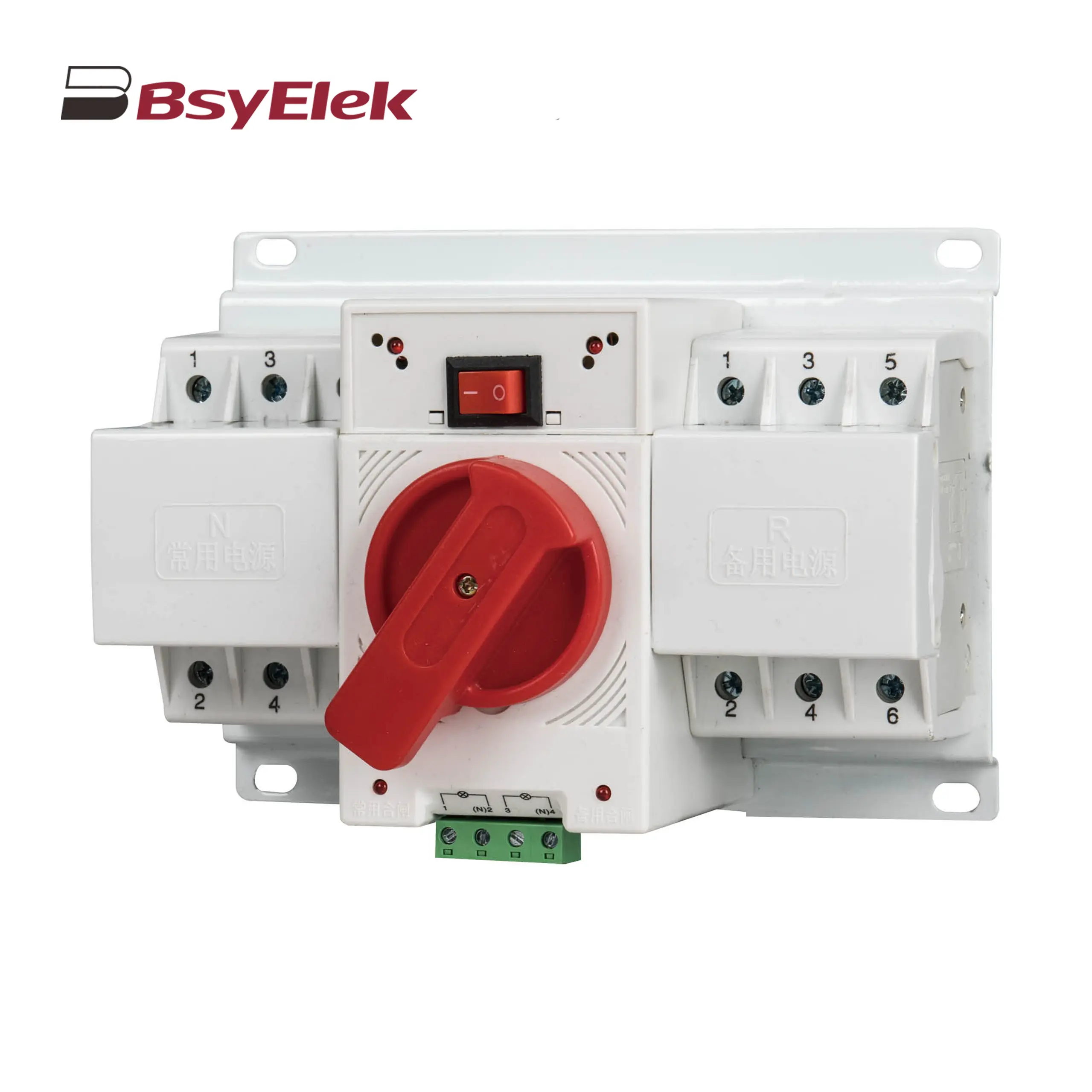 BYQ1 ATS Mini Type CB Level Dual Power Automatic Transfer Switch
BYQ1 ATS Mini Type CB Level Dual Power Automatic Transfer Switch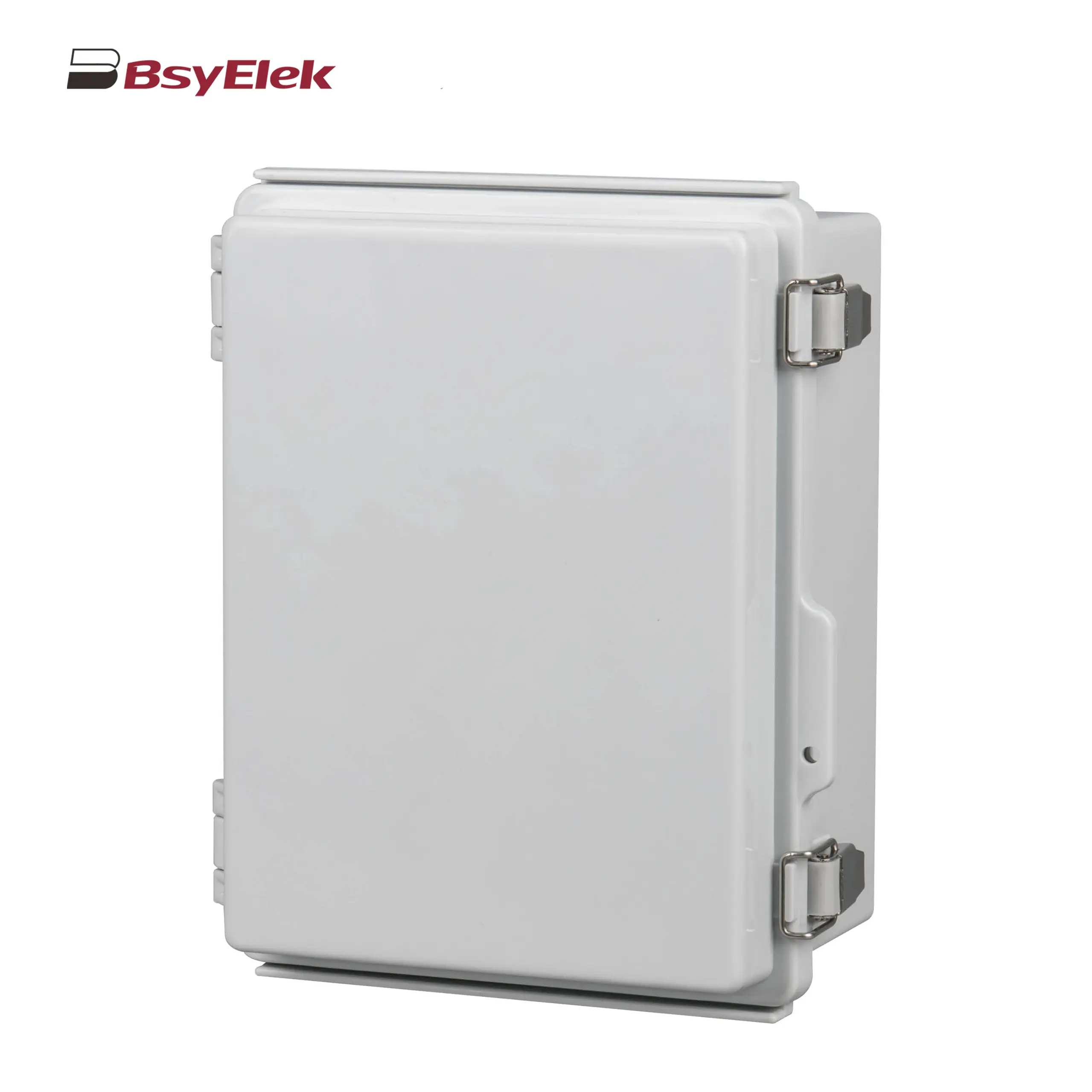 Stainless Steel Hinge Type Electrical Box
Stainless Steel Hinge Type Electrical Box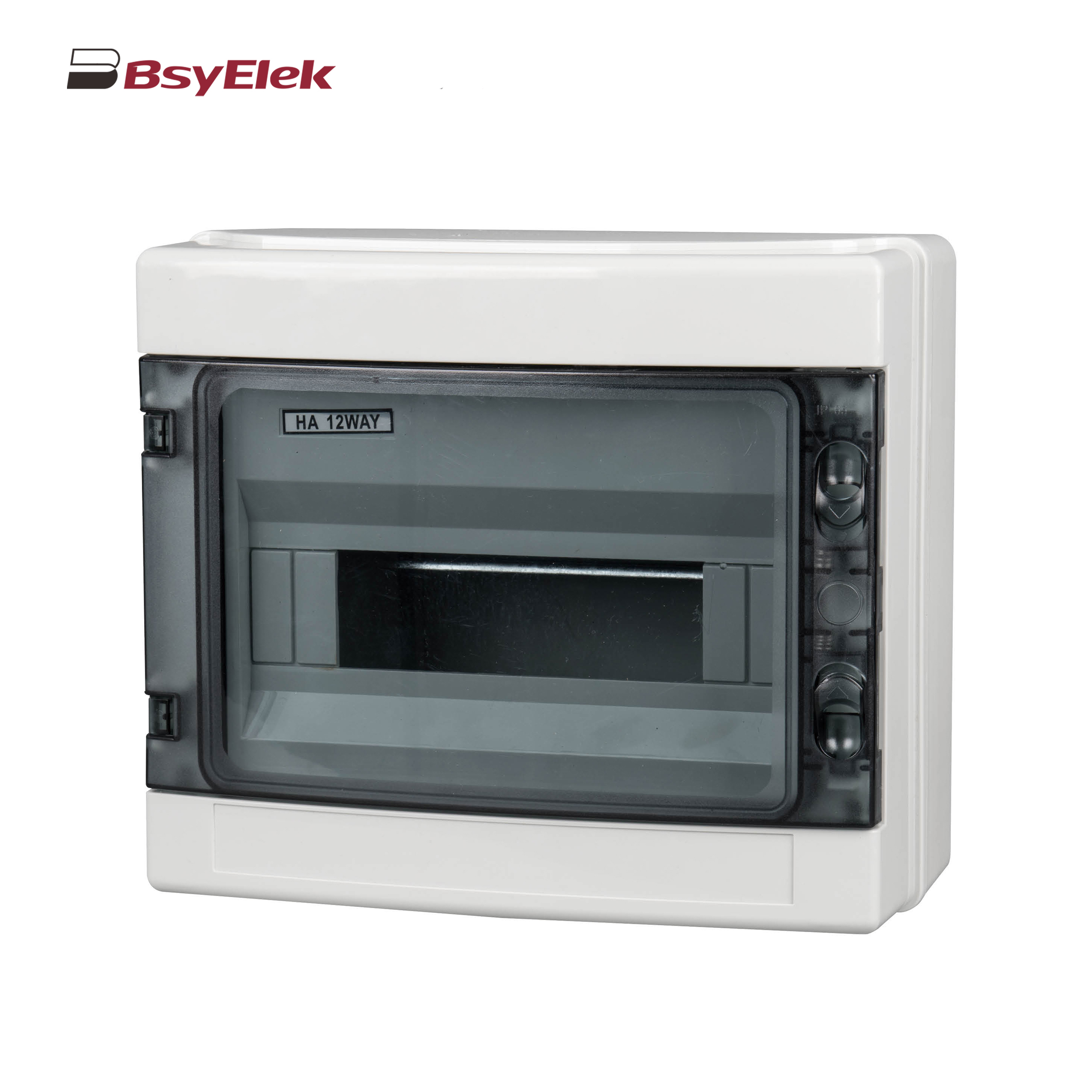 HA Waterproof Distribution Box
HA Waterproof Distribution Box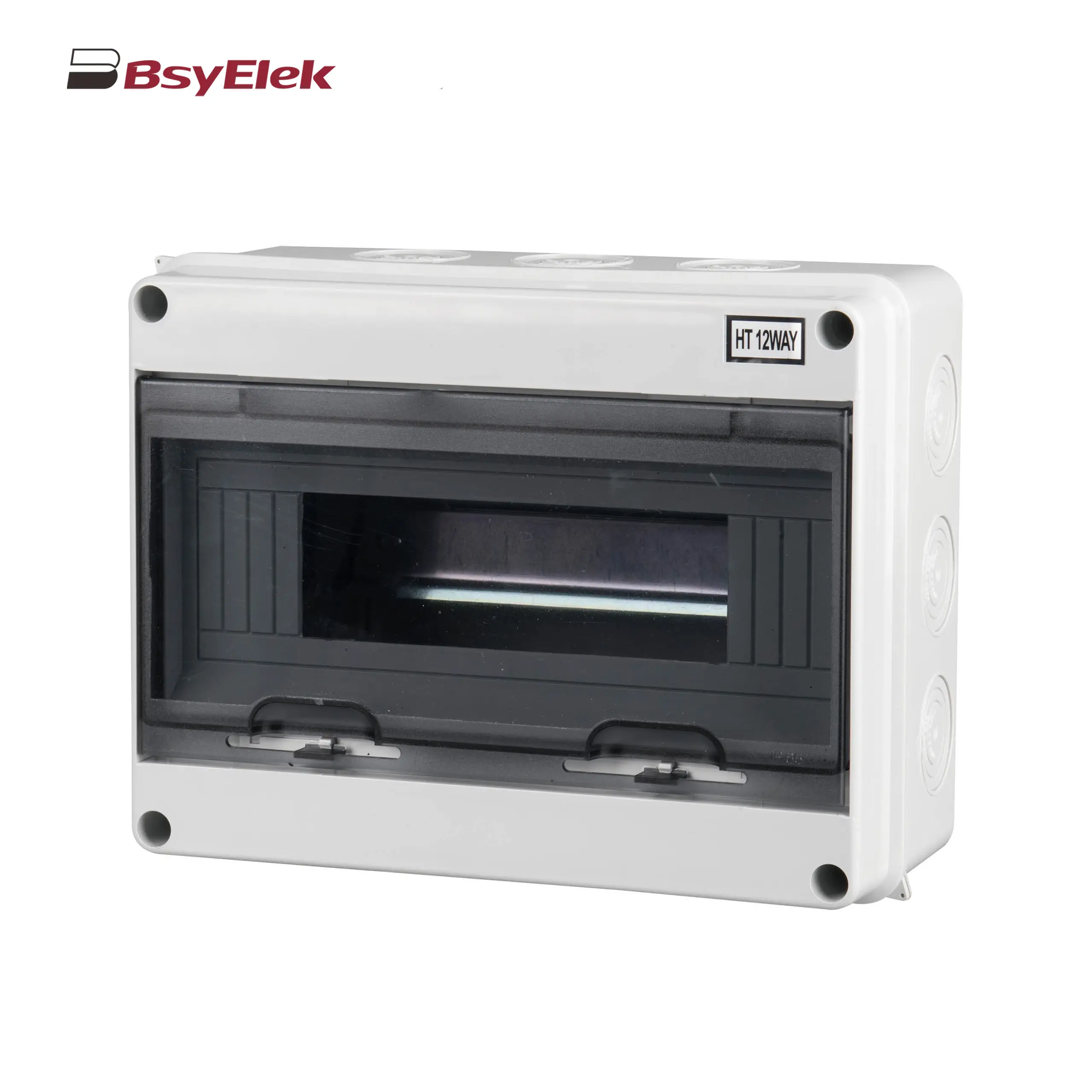 HT Waterproof Distribution Box
HT Waterproof Distribution Box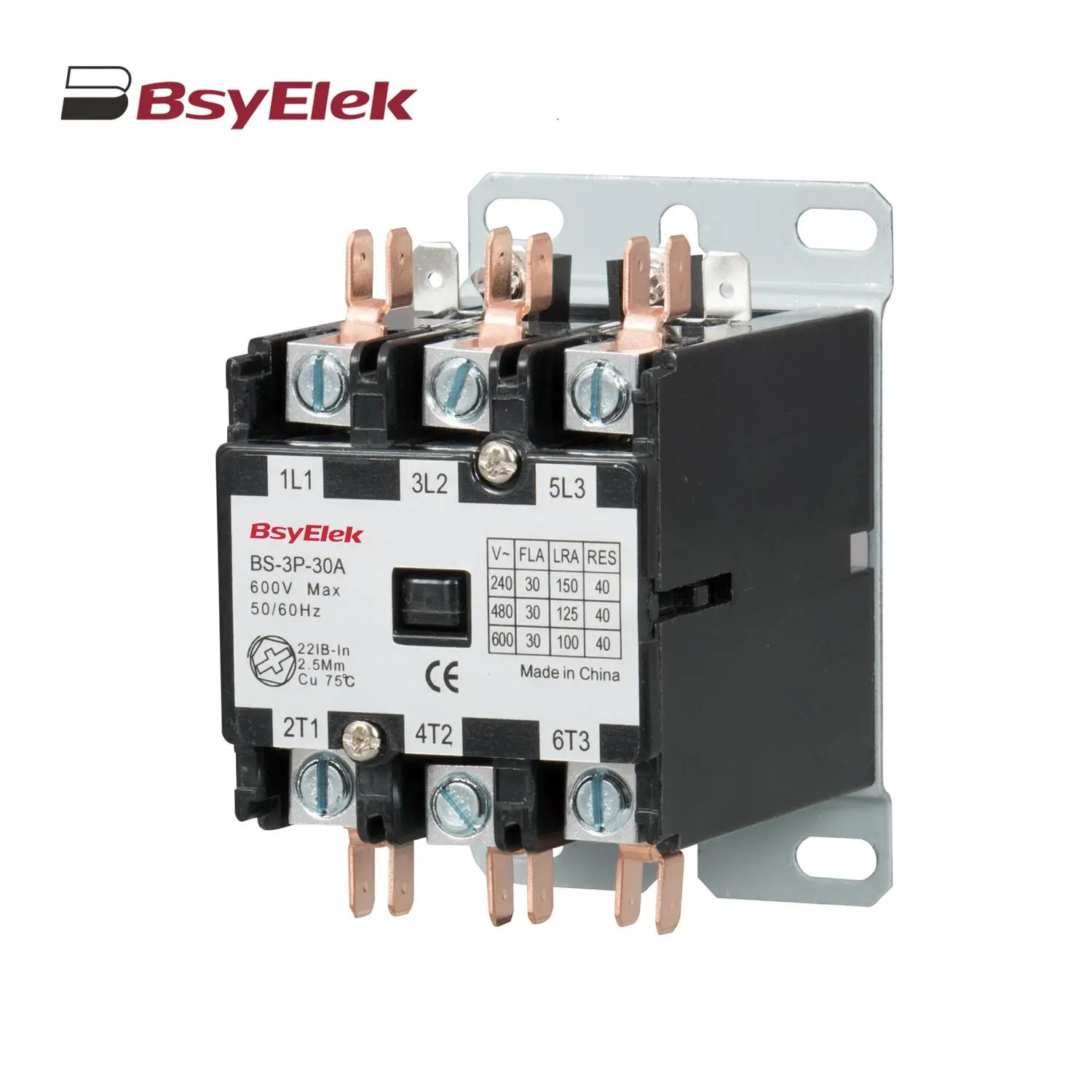 BS Definite Purpose Magnetic AC Contactor
BS Definite Purpose Magnetic AC Contactor
 When selecting a molded case circuit breaker (MCCB), understanding key factors is crucial for ensuring optimal performance and safety in electrical systems. One of the primary considerations is the current rating of the breaker. This specification indicates how much current the breaker can handle before tripping. It's essential to select a breaker that matches the application's load requirements to prevent nuisance tripping or undersized protection. Additionally, consider the voltage rating; it should align with the circuit's design to prevent electrical failures.
When selecting a molded case circuit breaker (MCCB), understanding key factors is crucial for ensuring optimal performance and safety in electrical systems. One of the primary considerations is the current rating of the breaker. This specification indicates how much current the breaker can handle before tripping. It's essential to select a breaker that matches the application's load requirements to prevent nuisance tripping or undersized protection. Additionally, consider the voltage rating; it should align with the circuit's design to prevent electrical failures.





